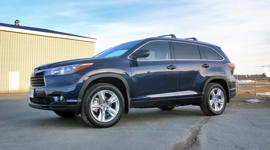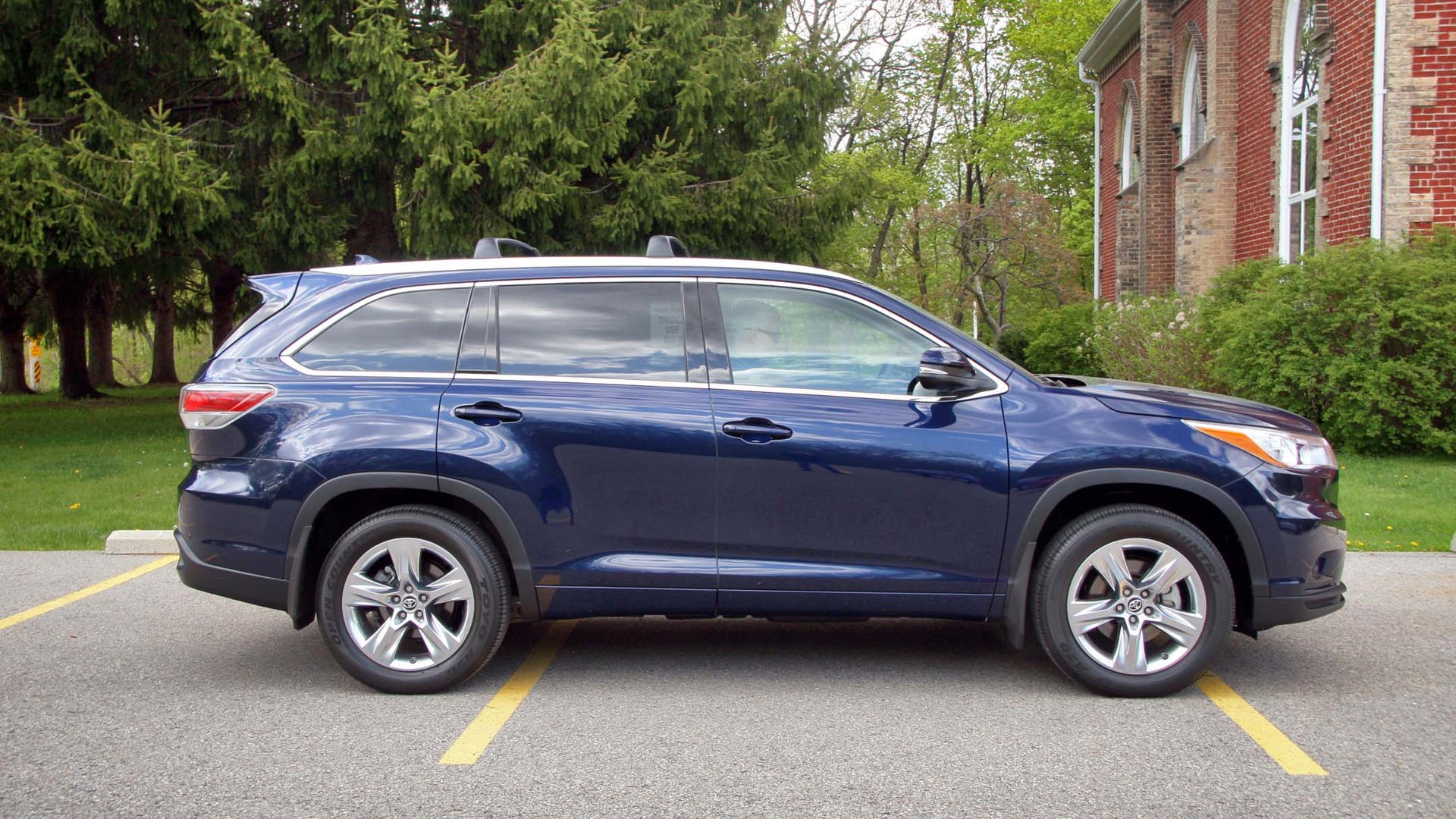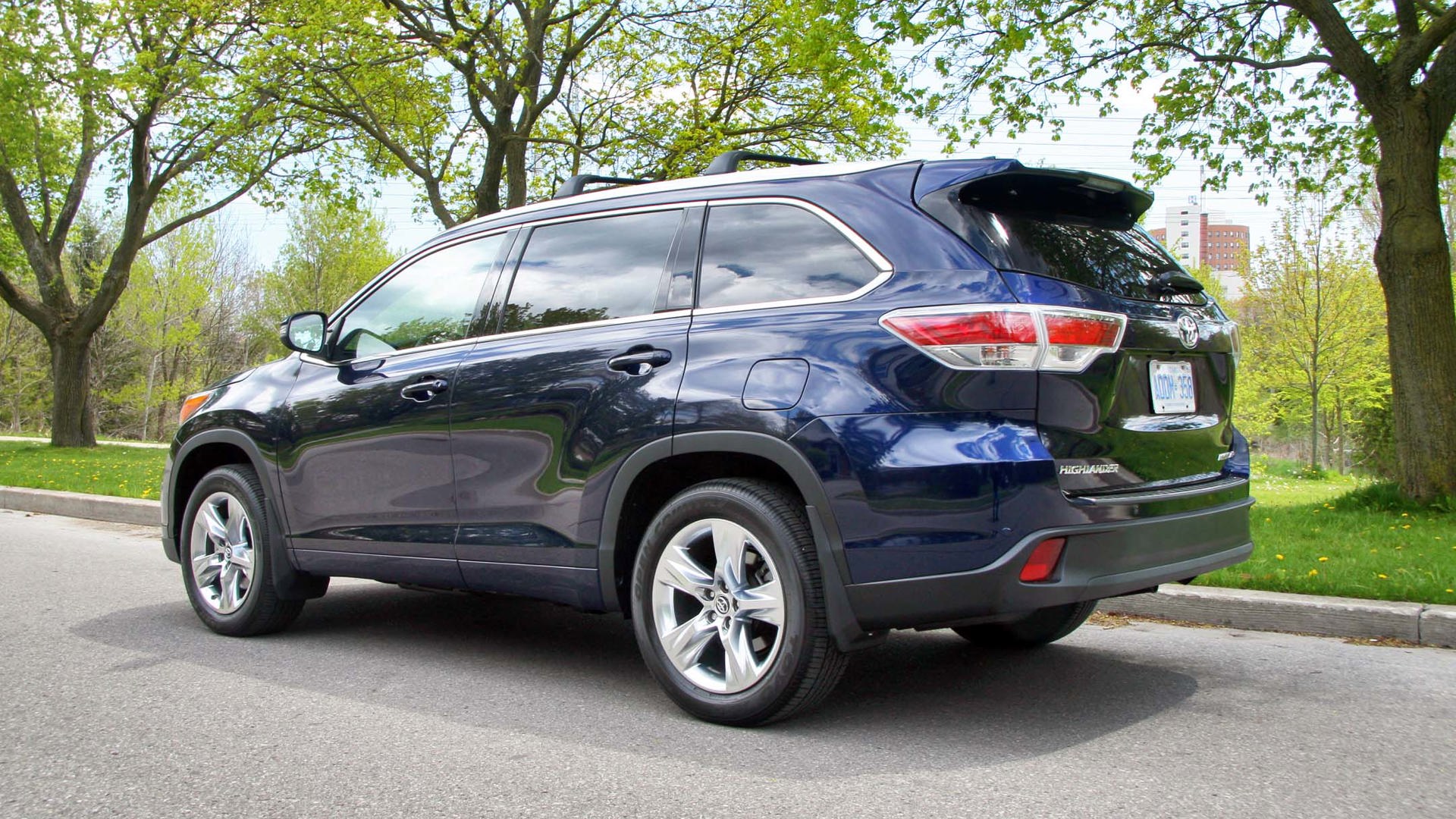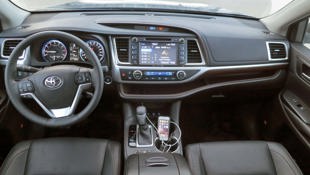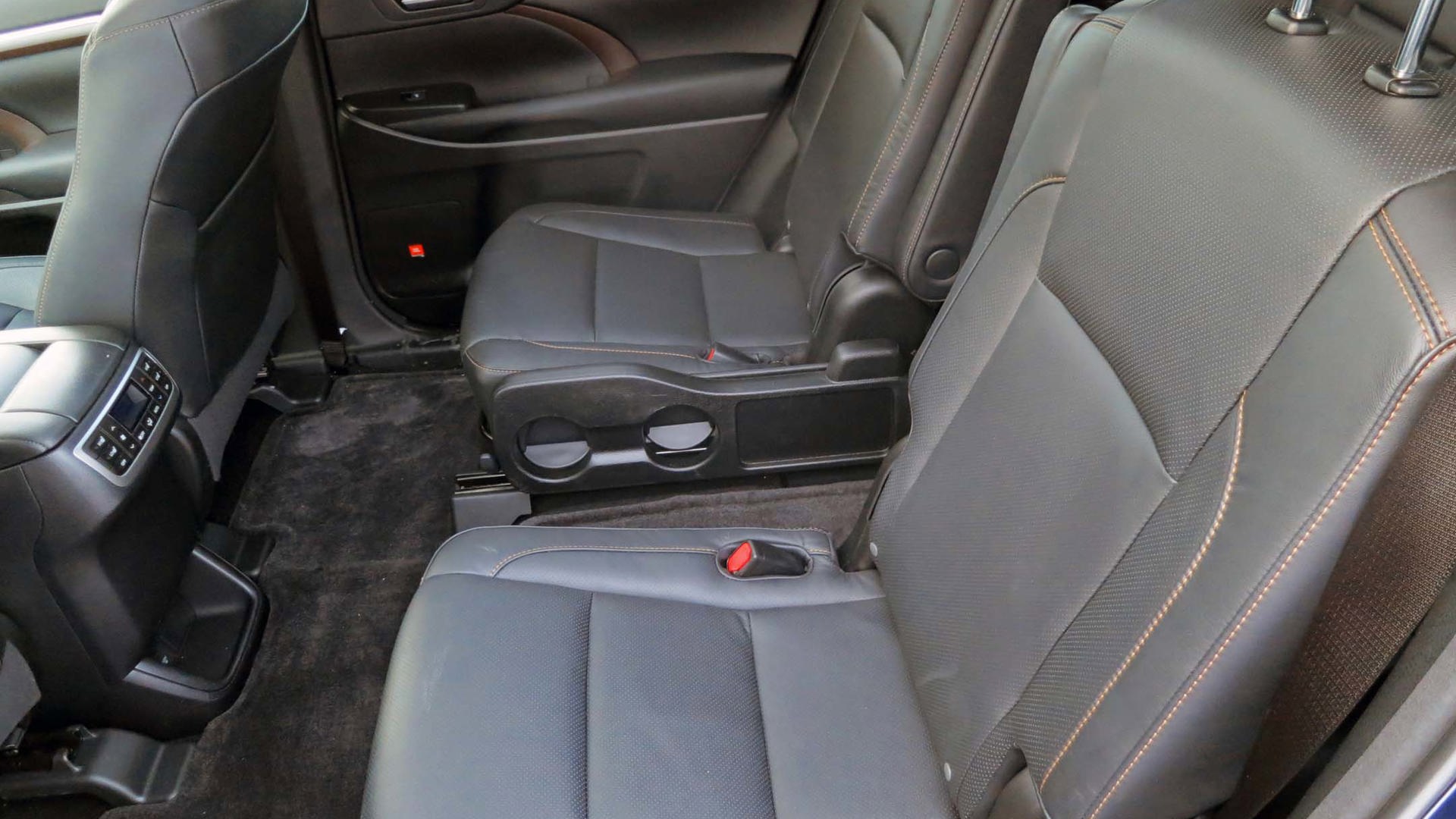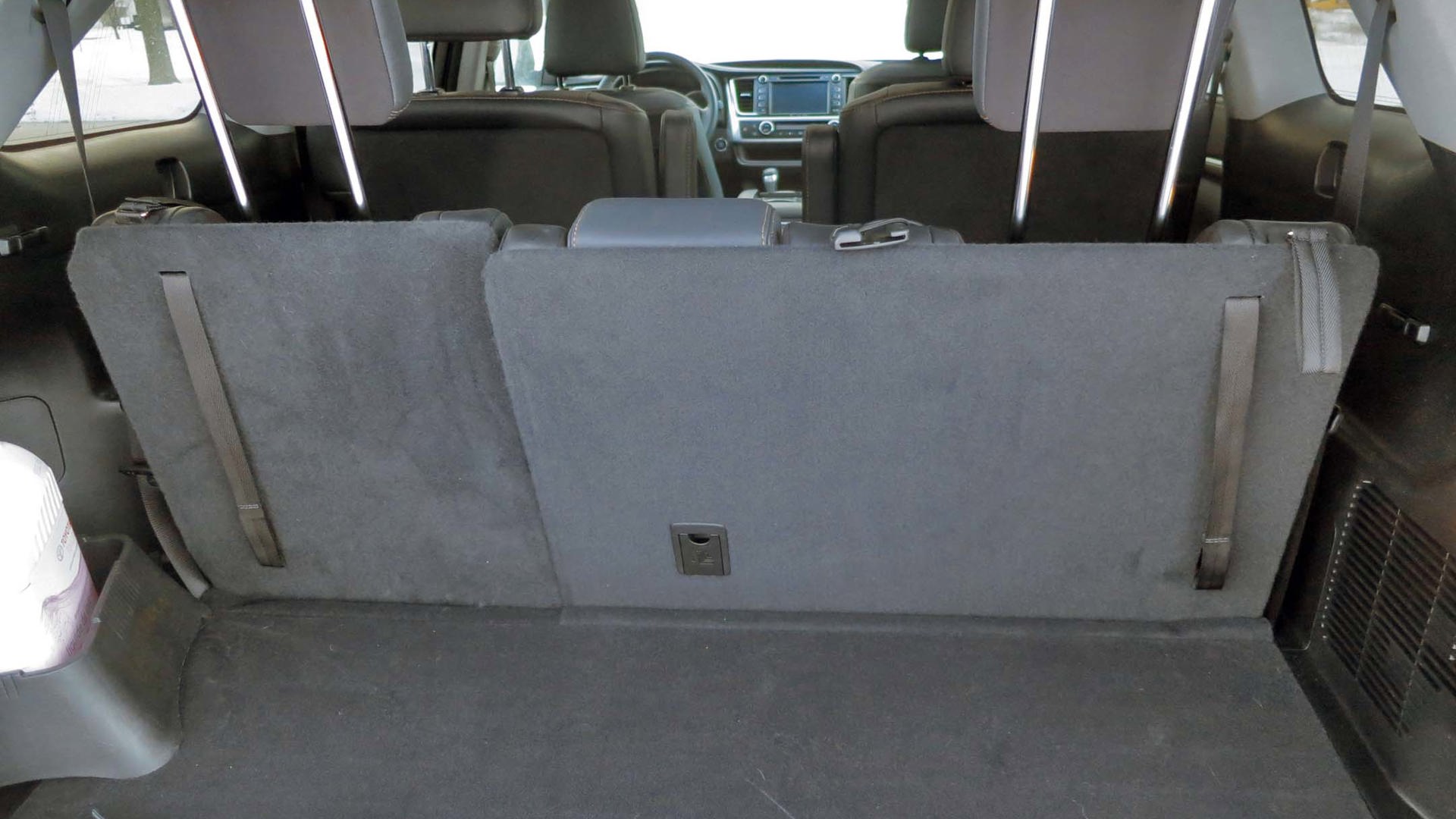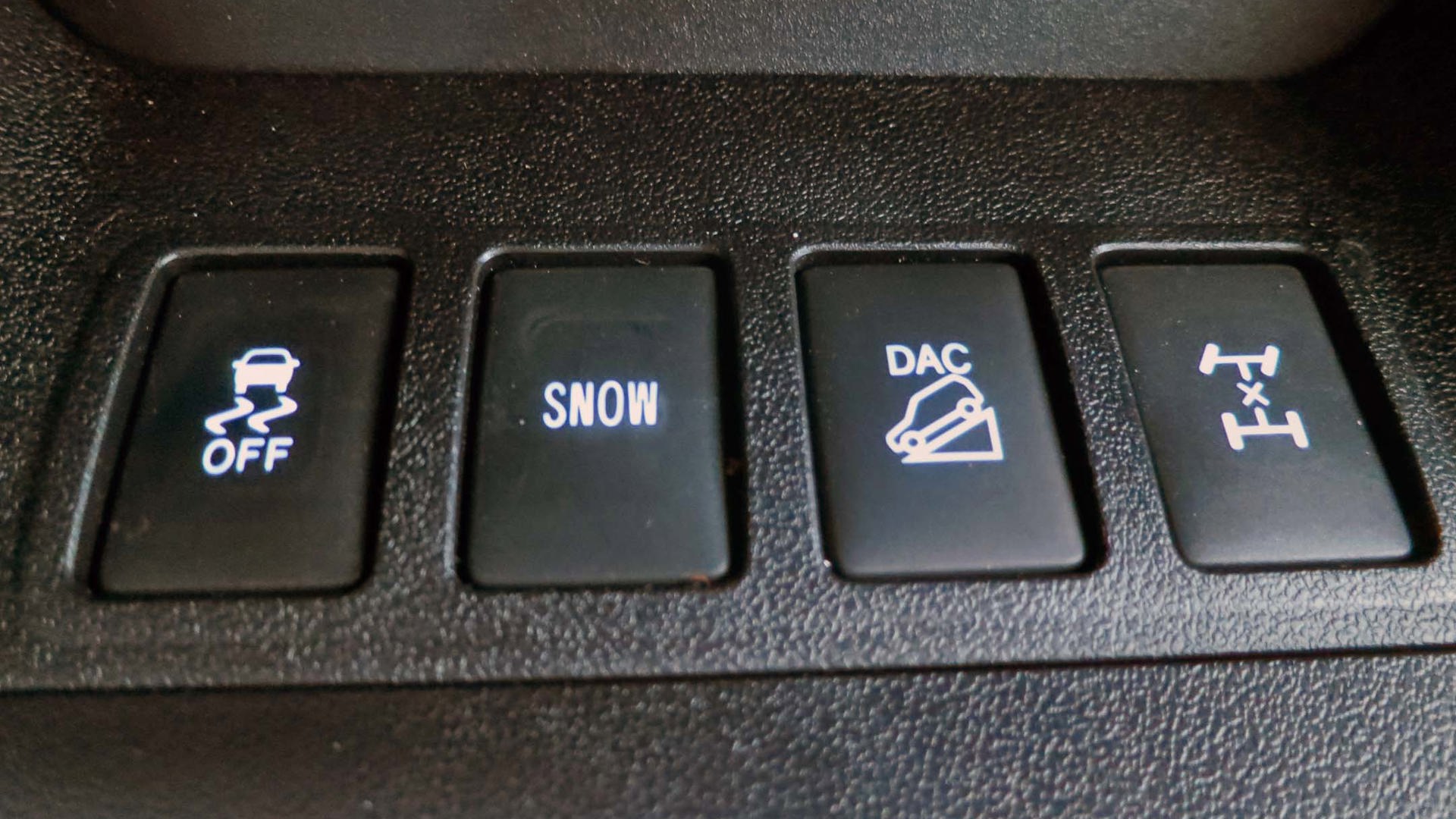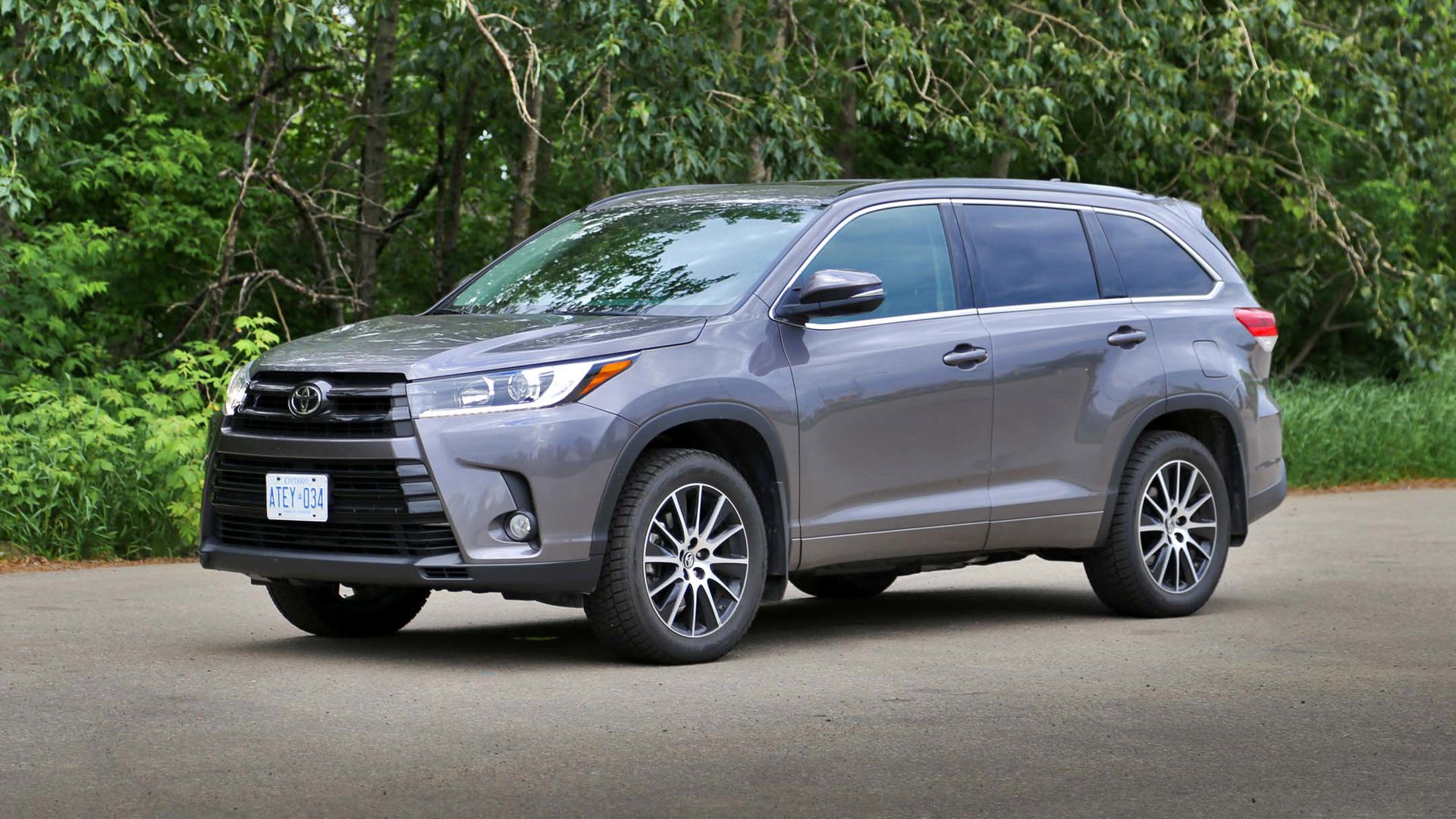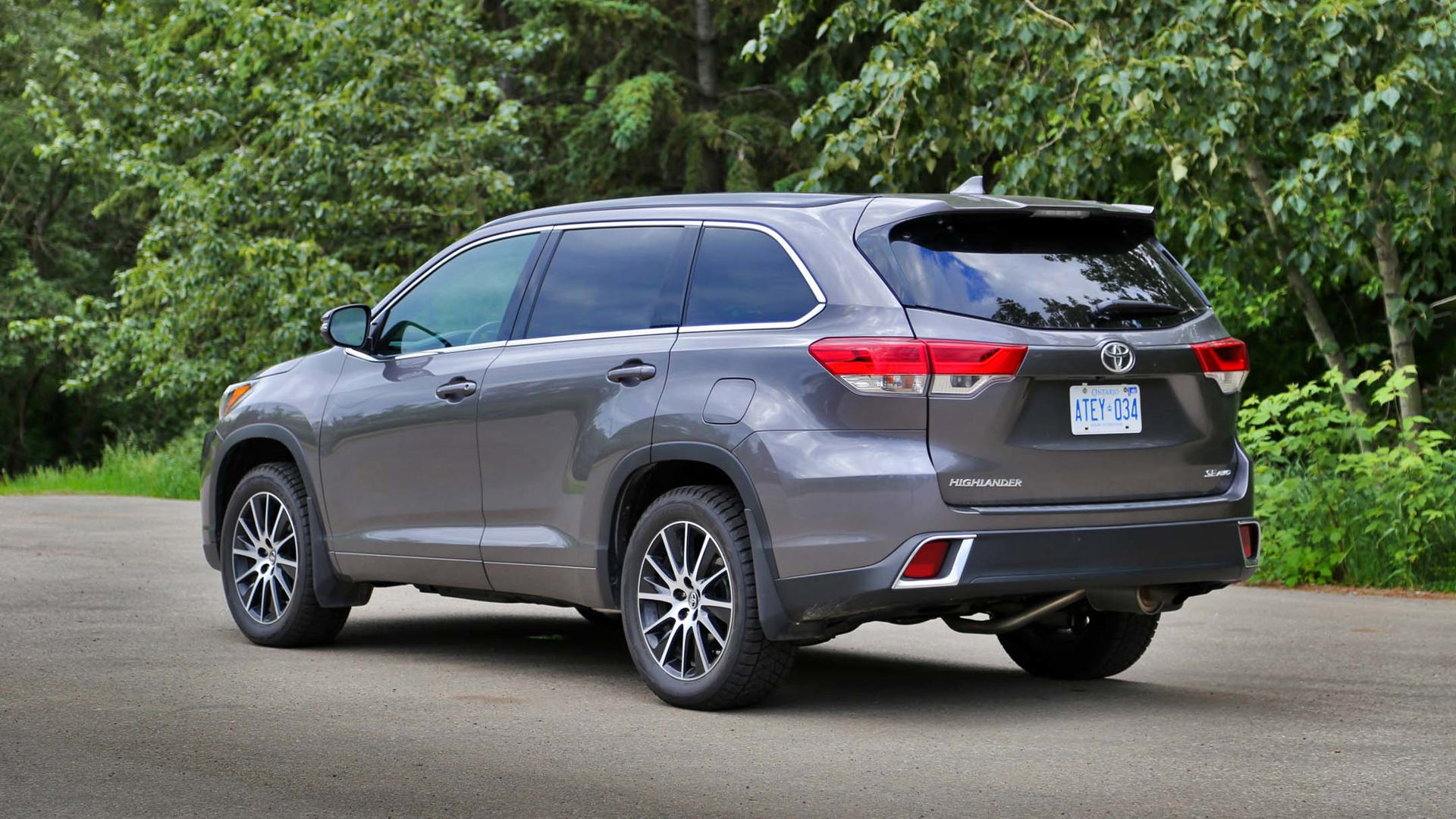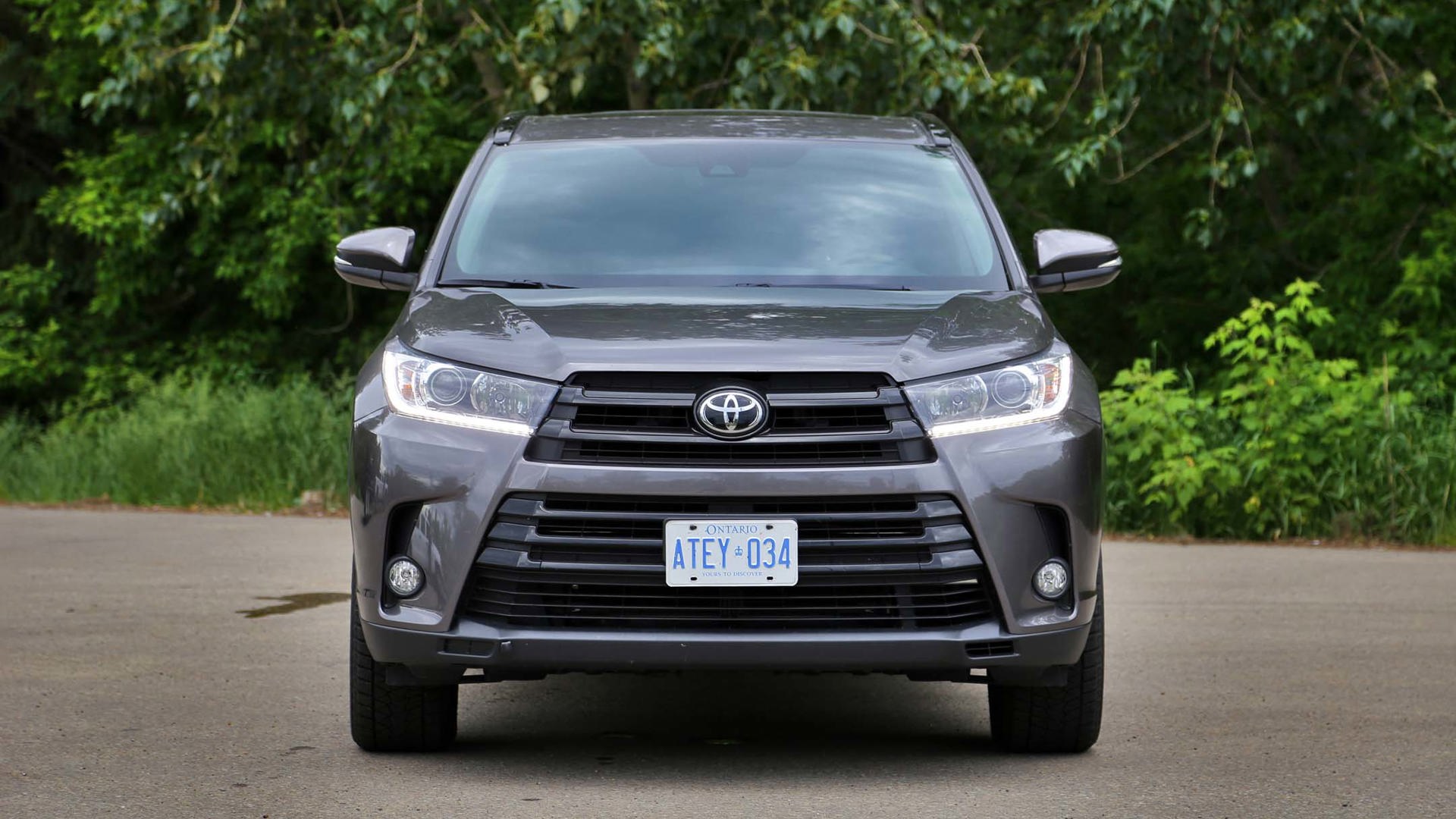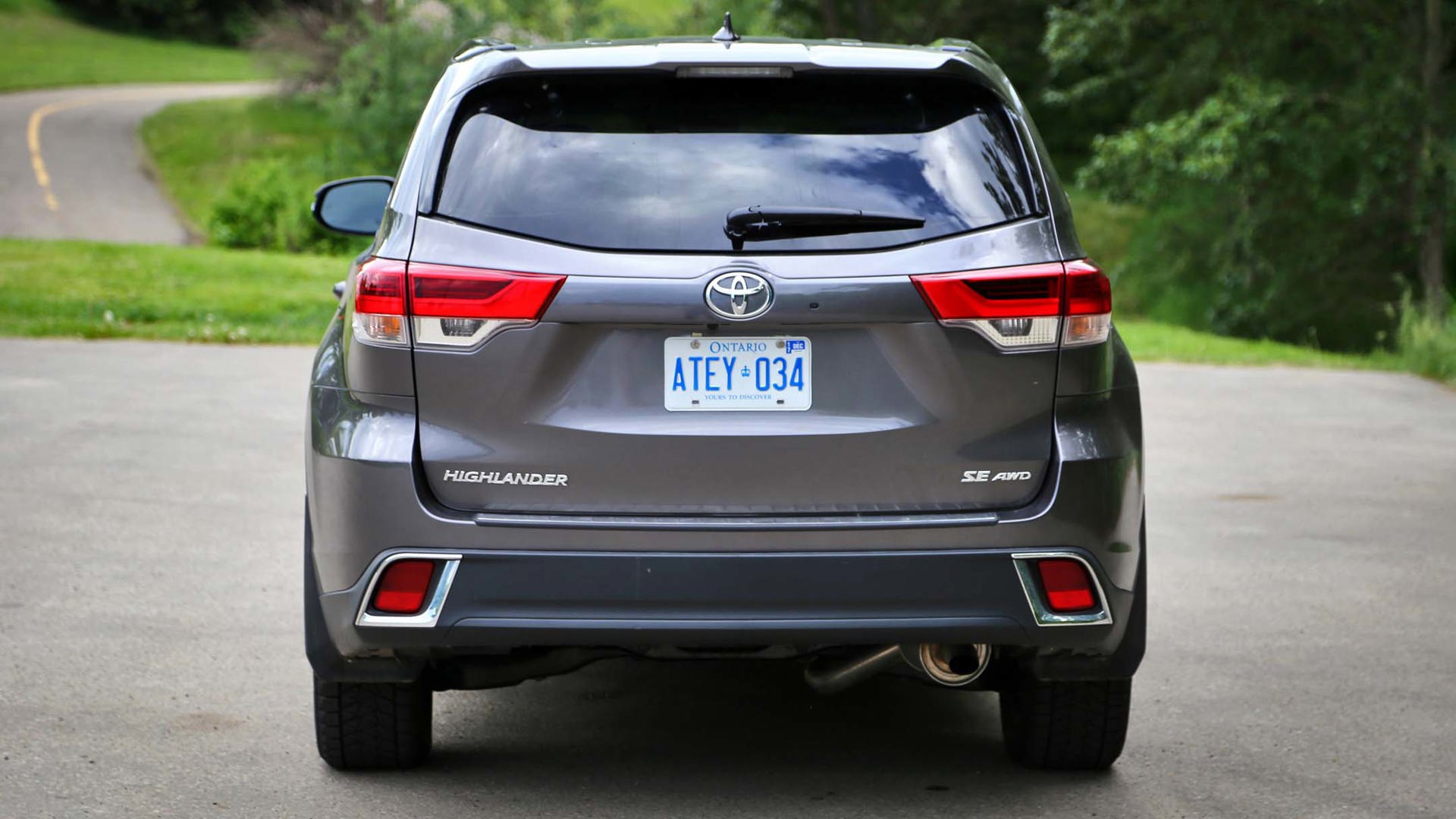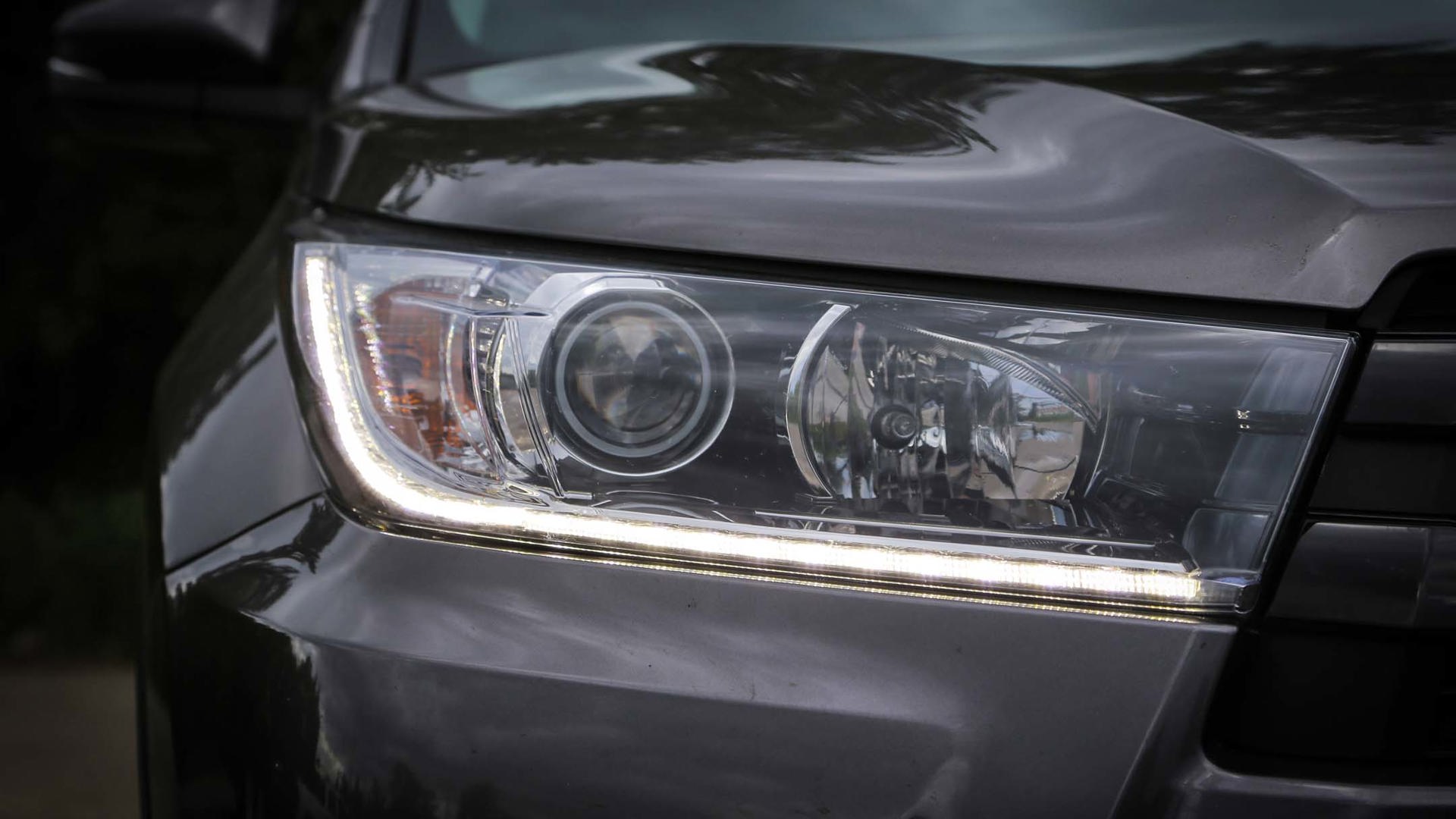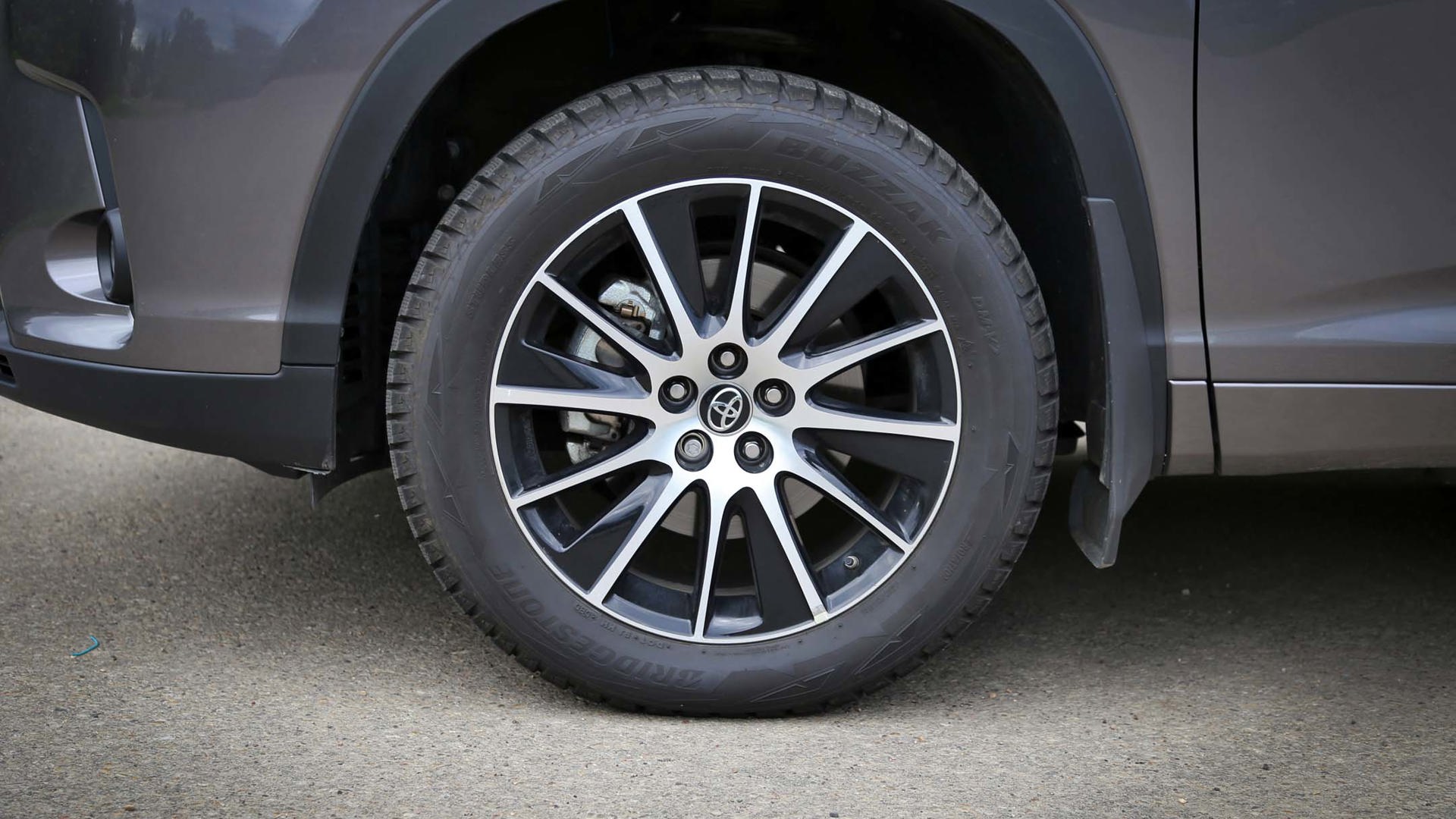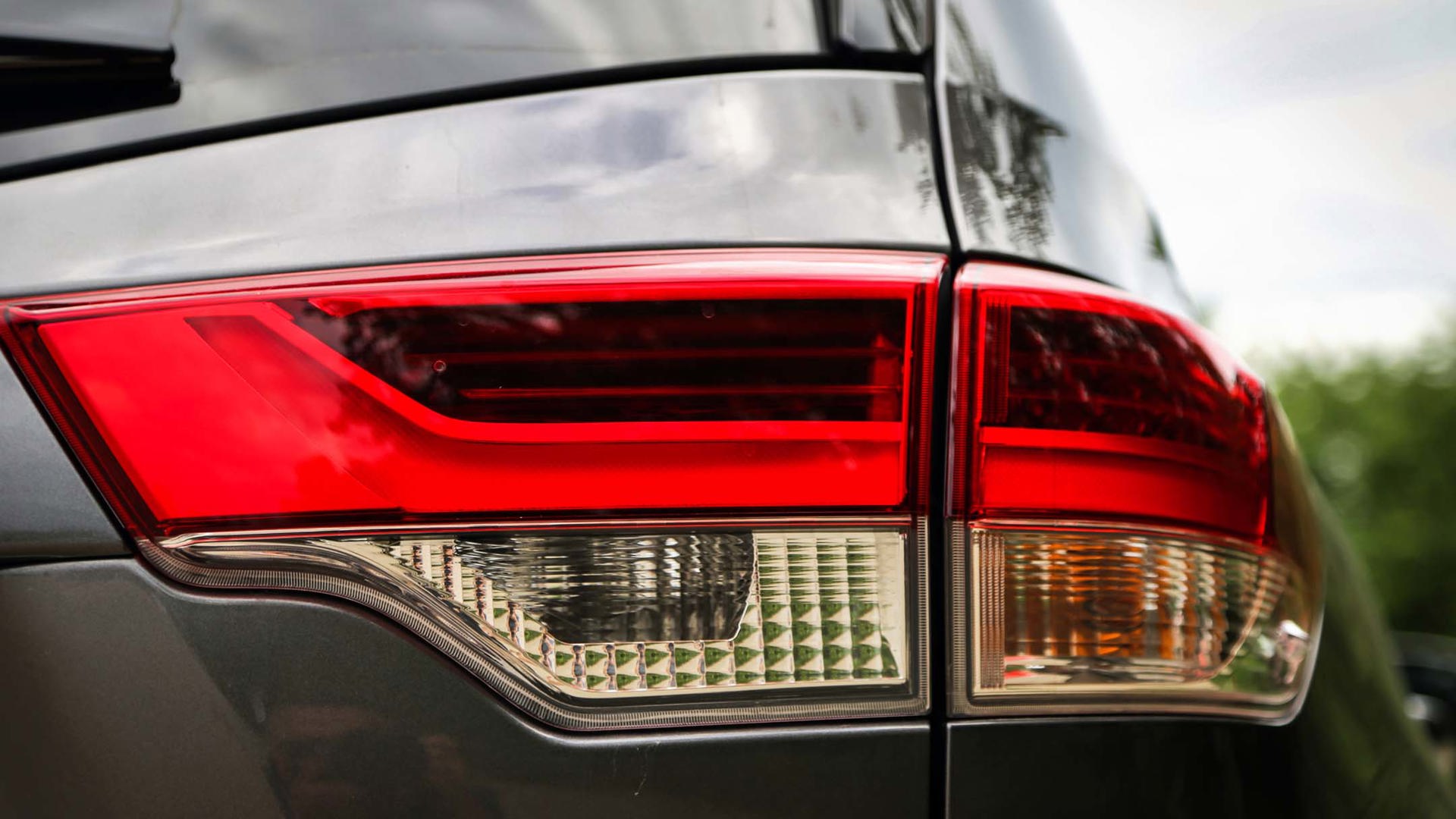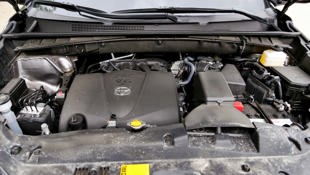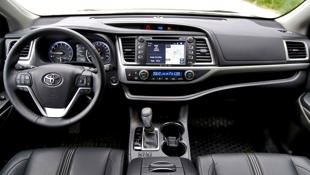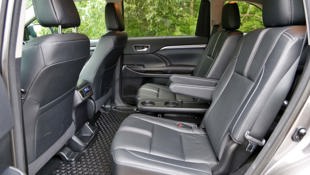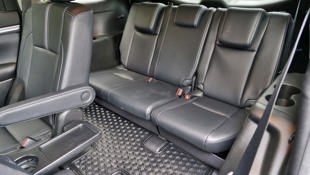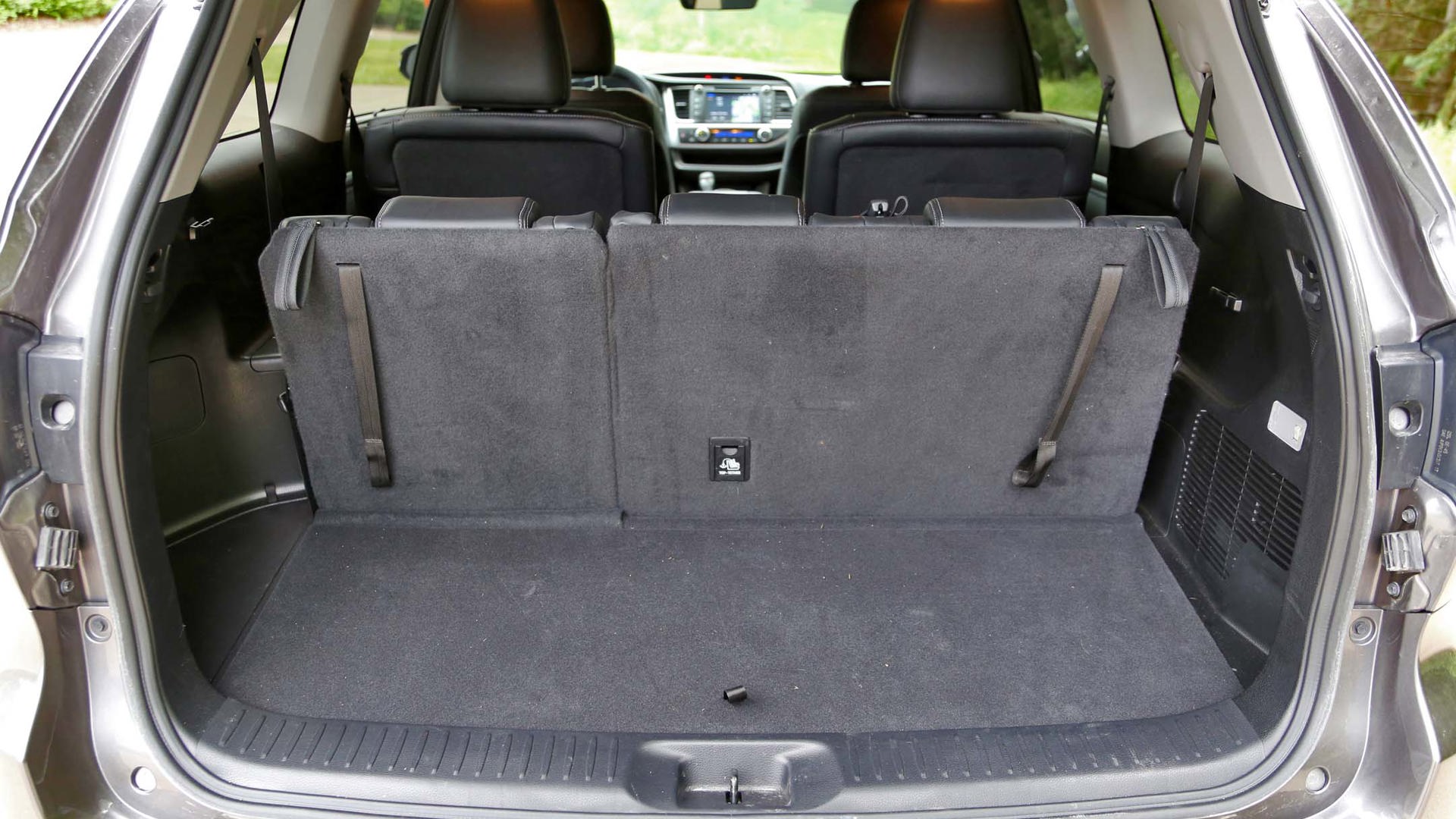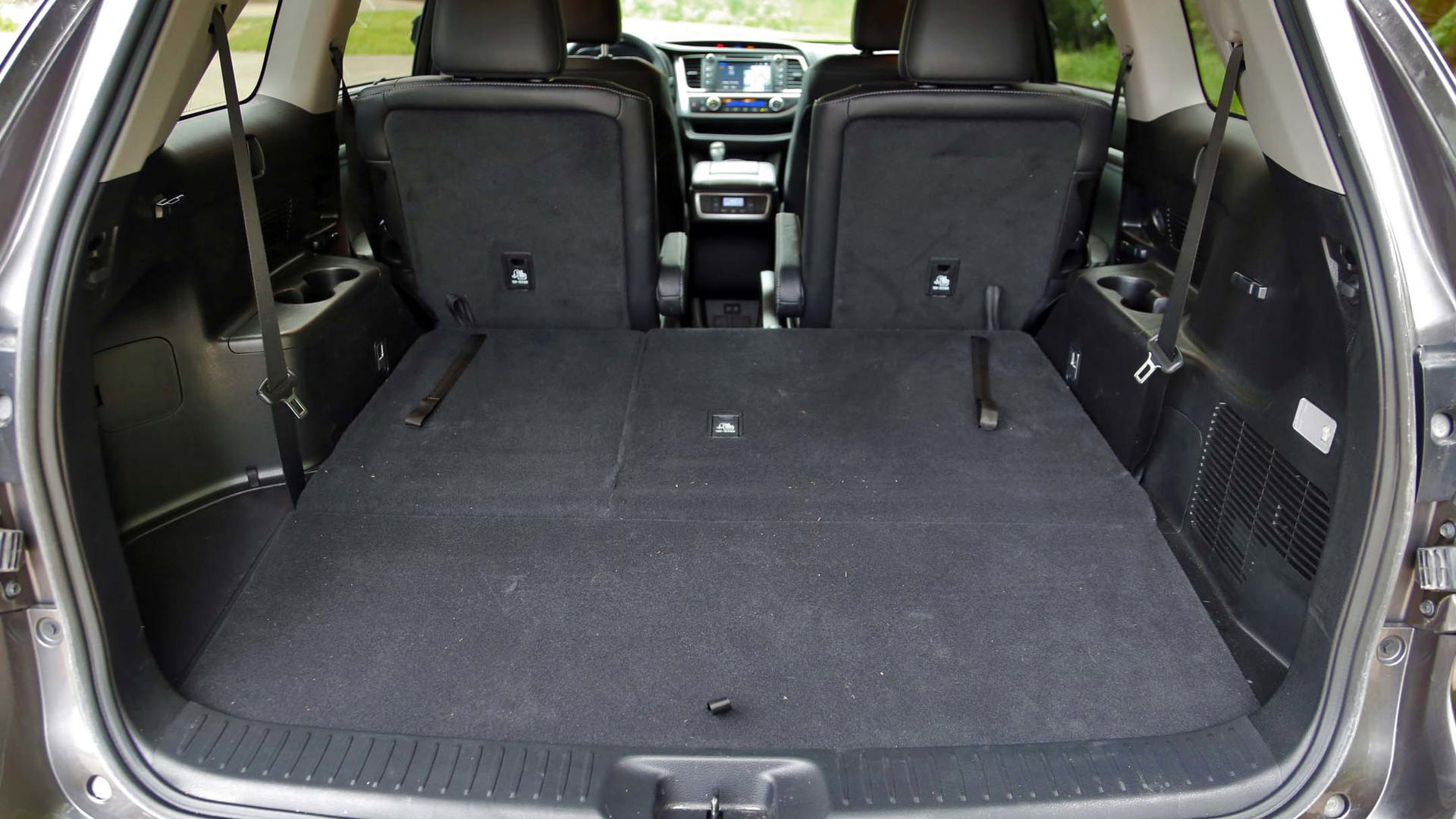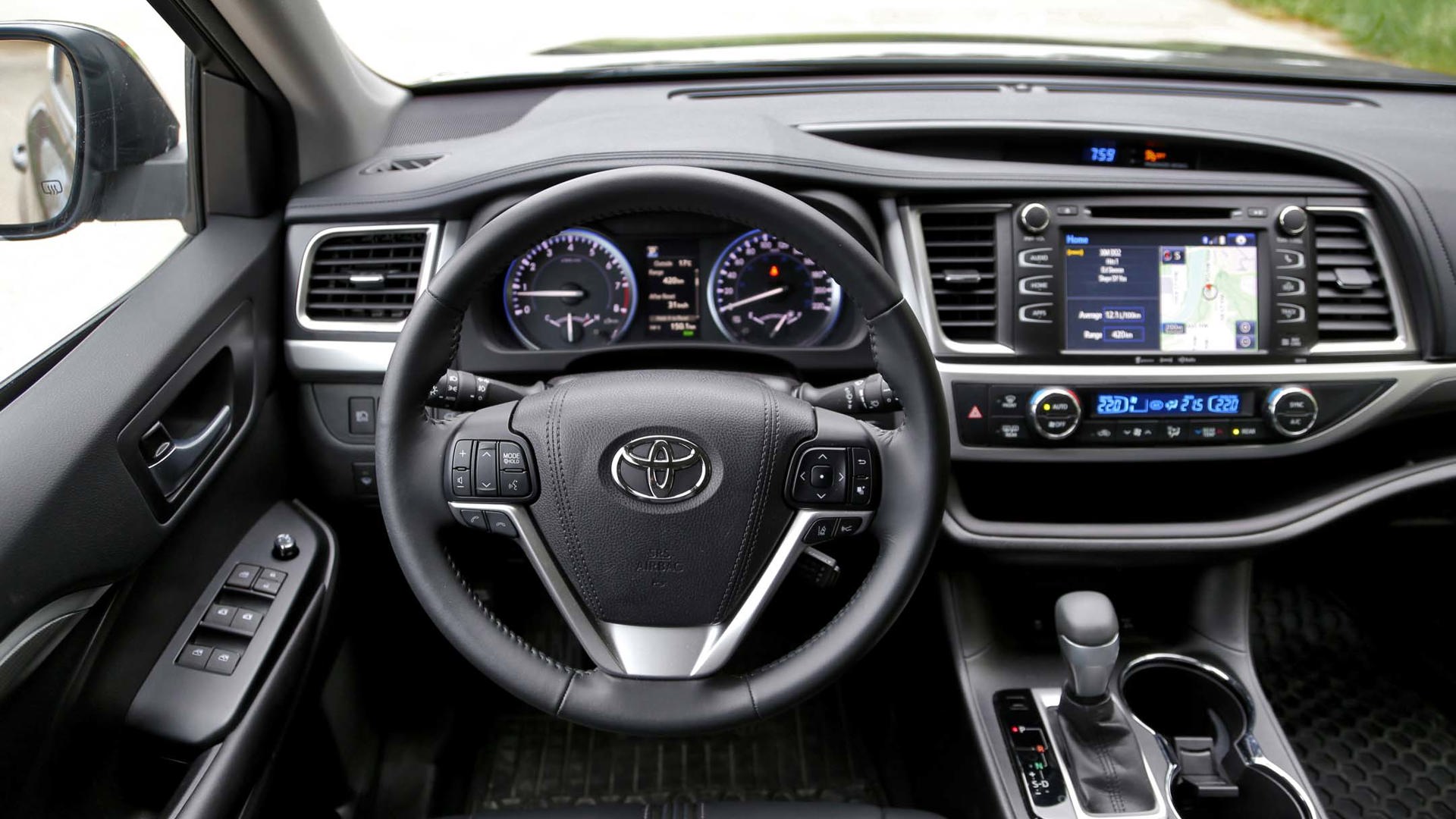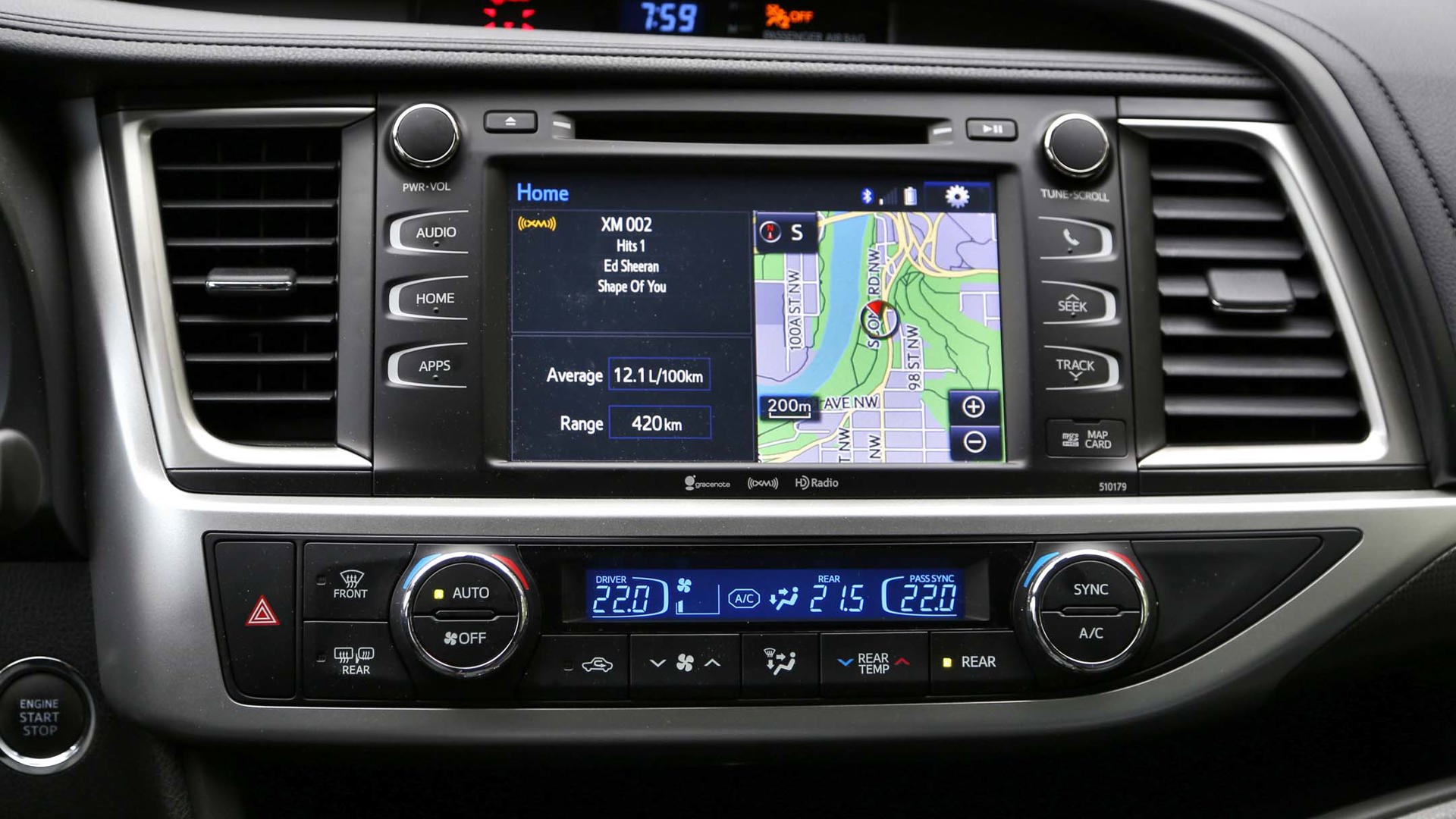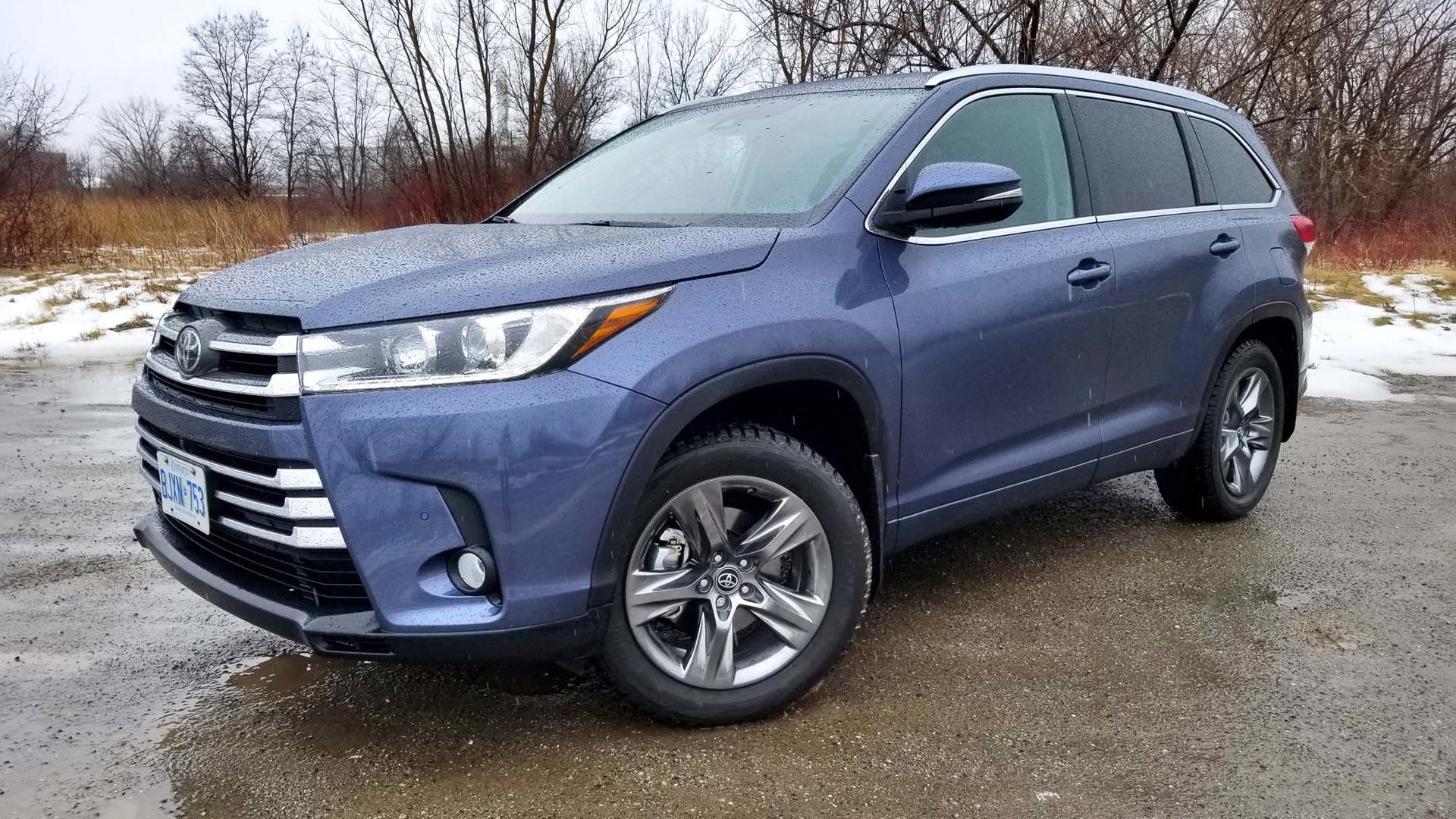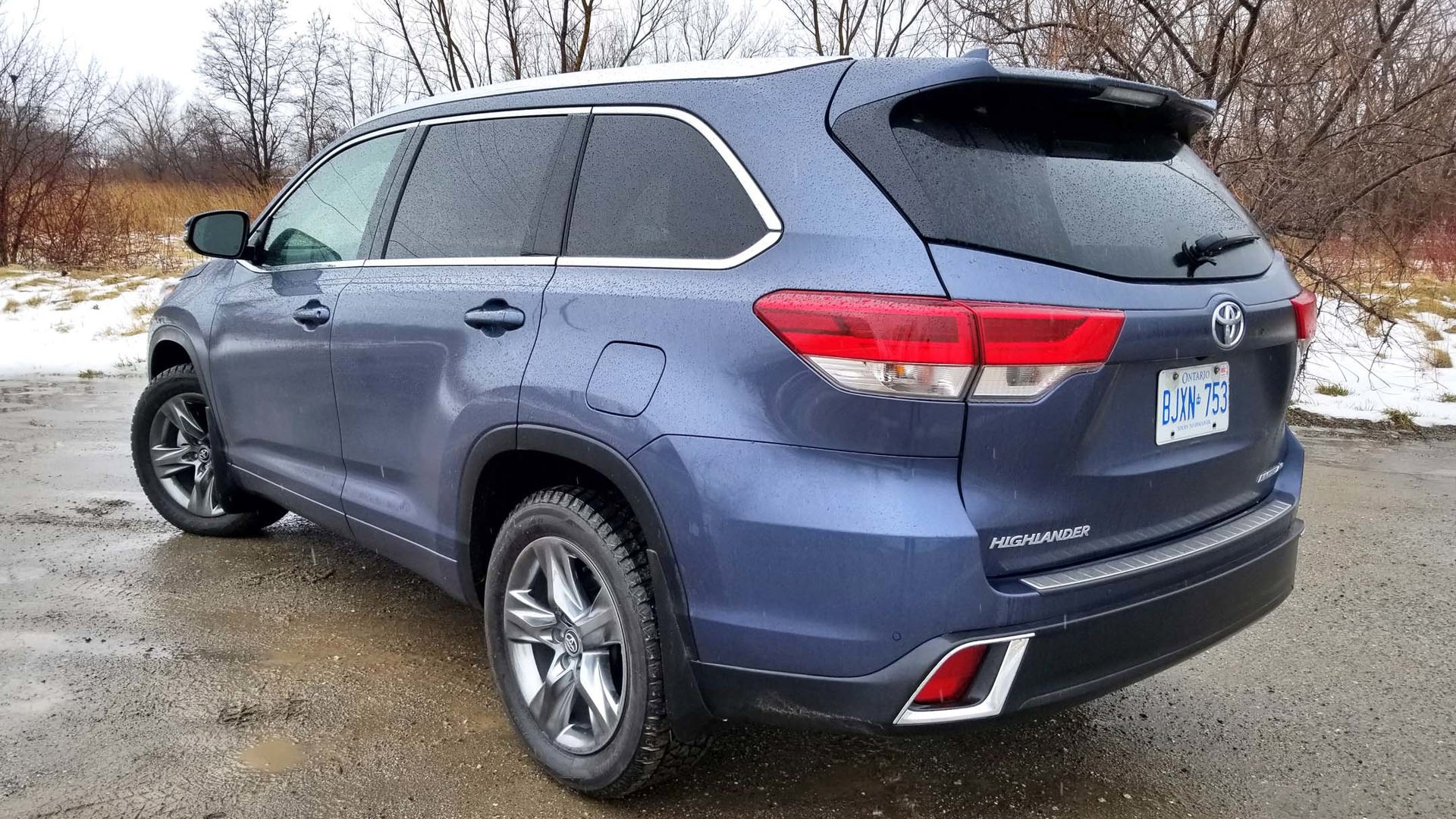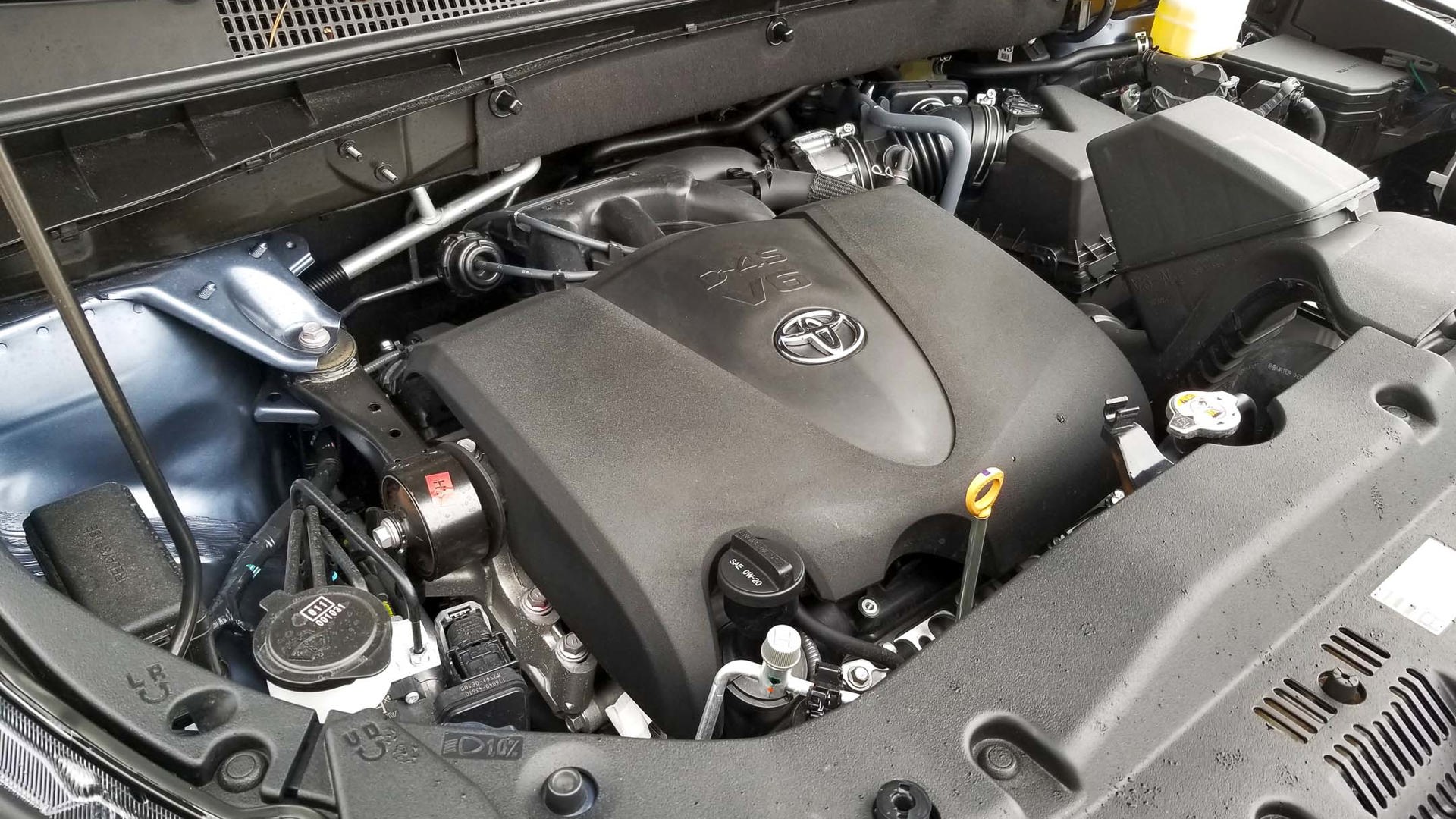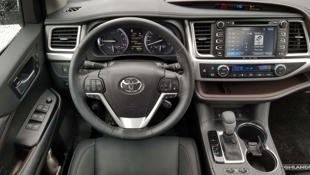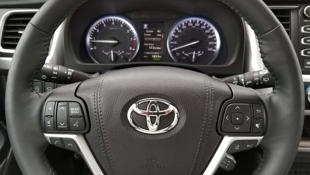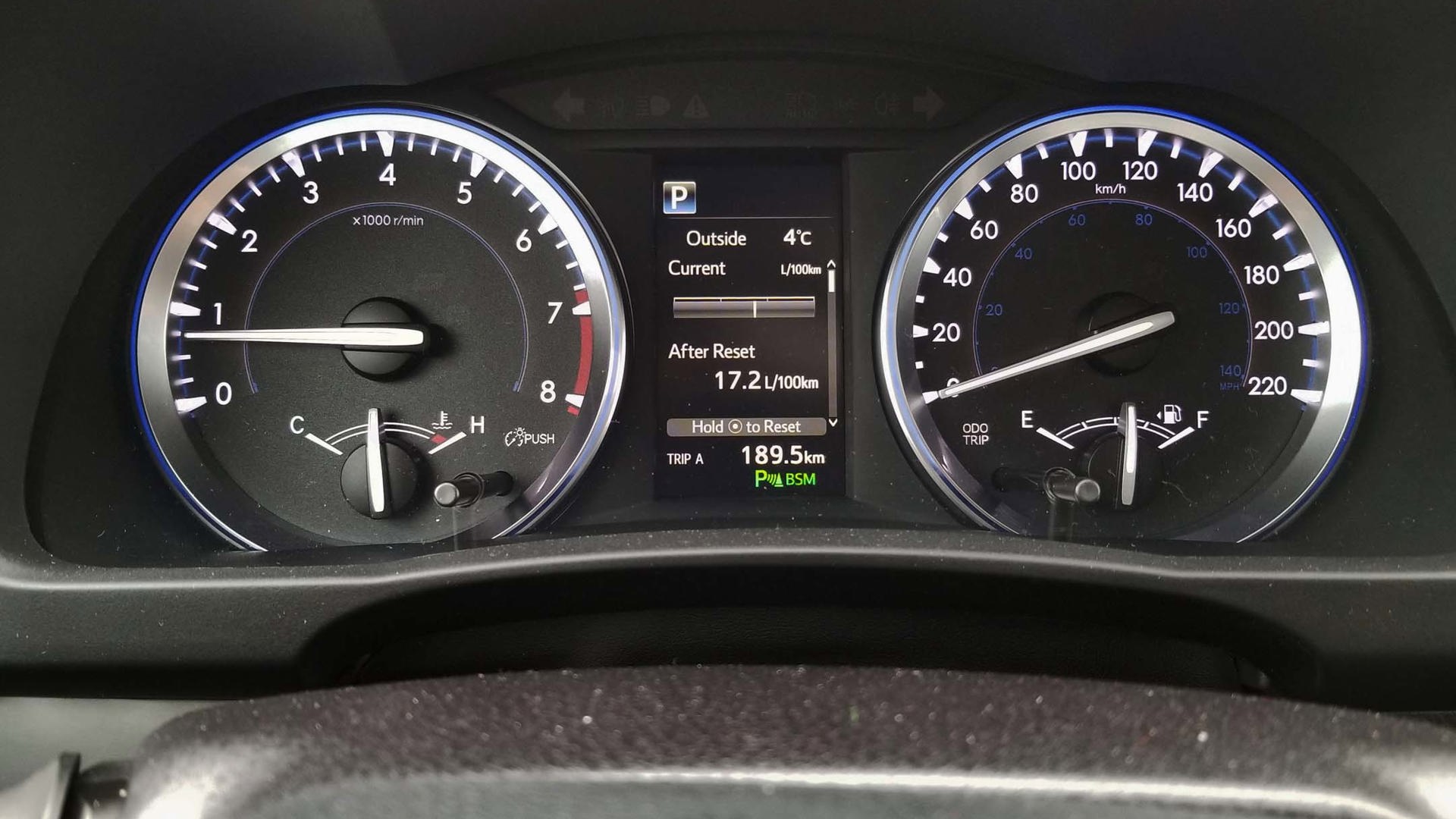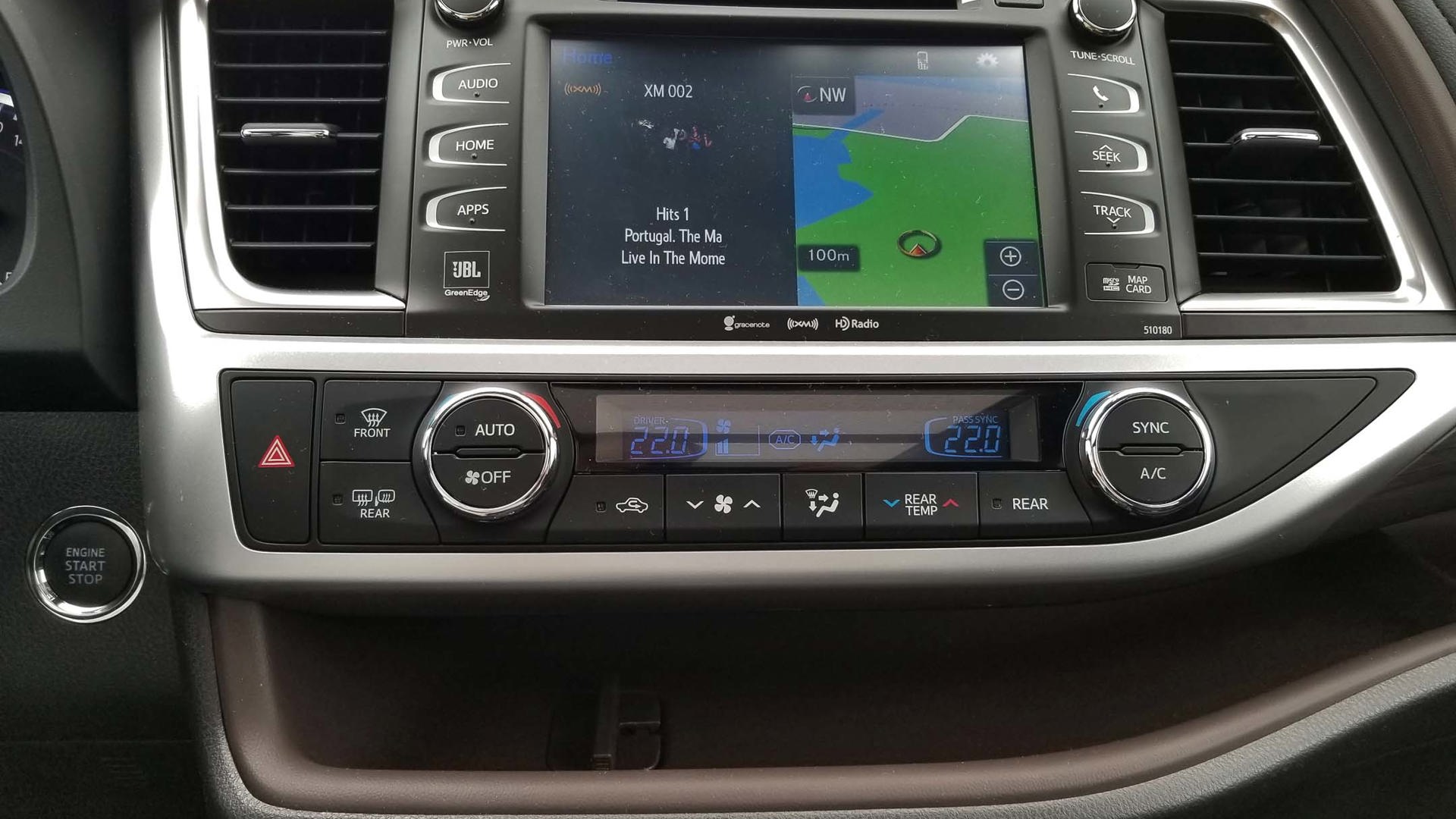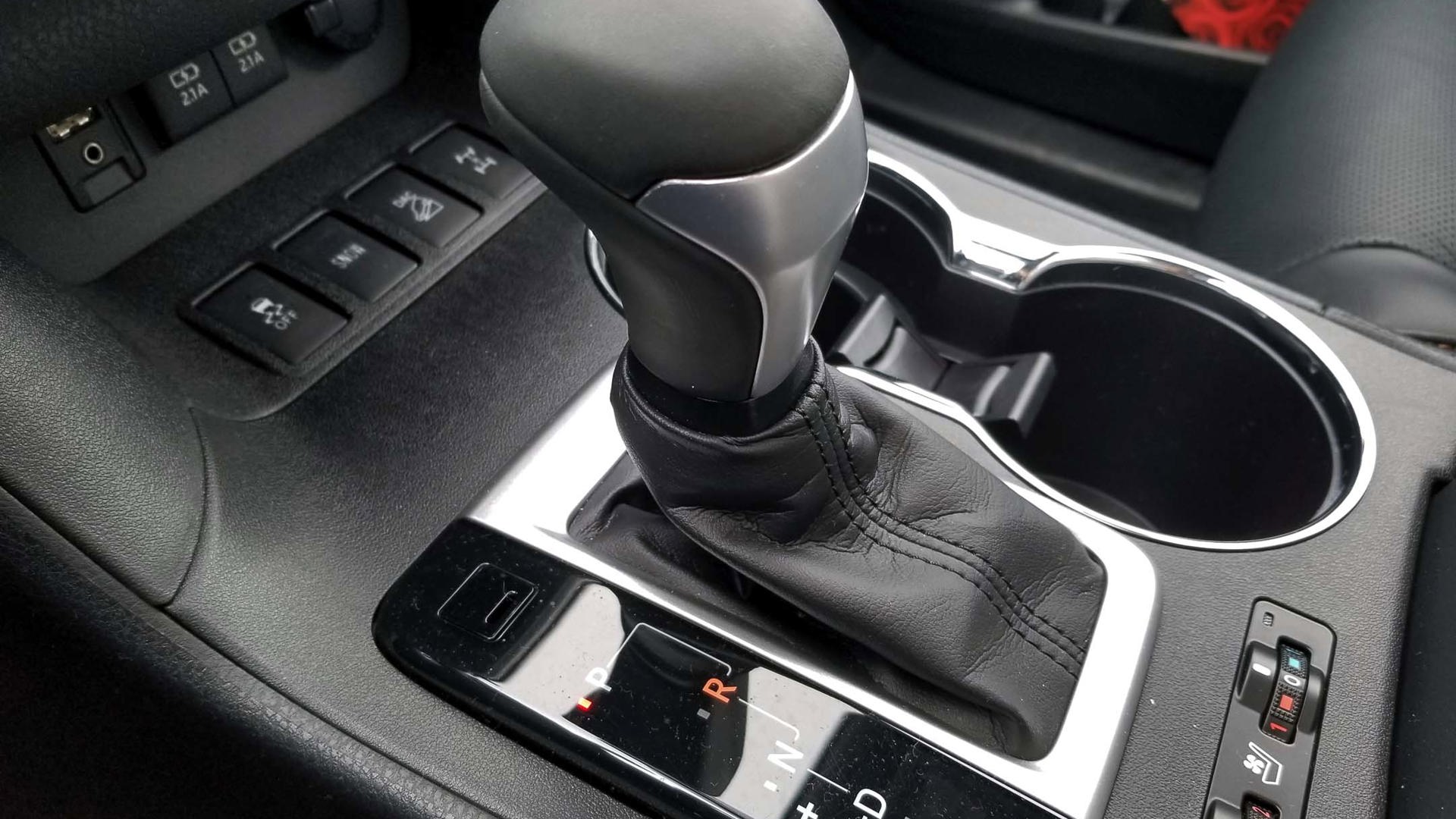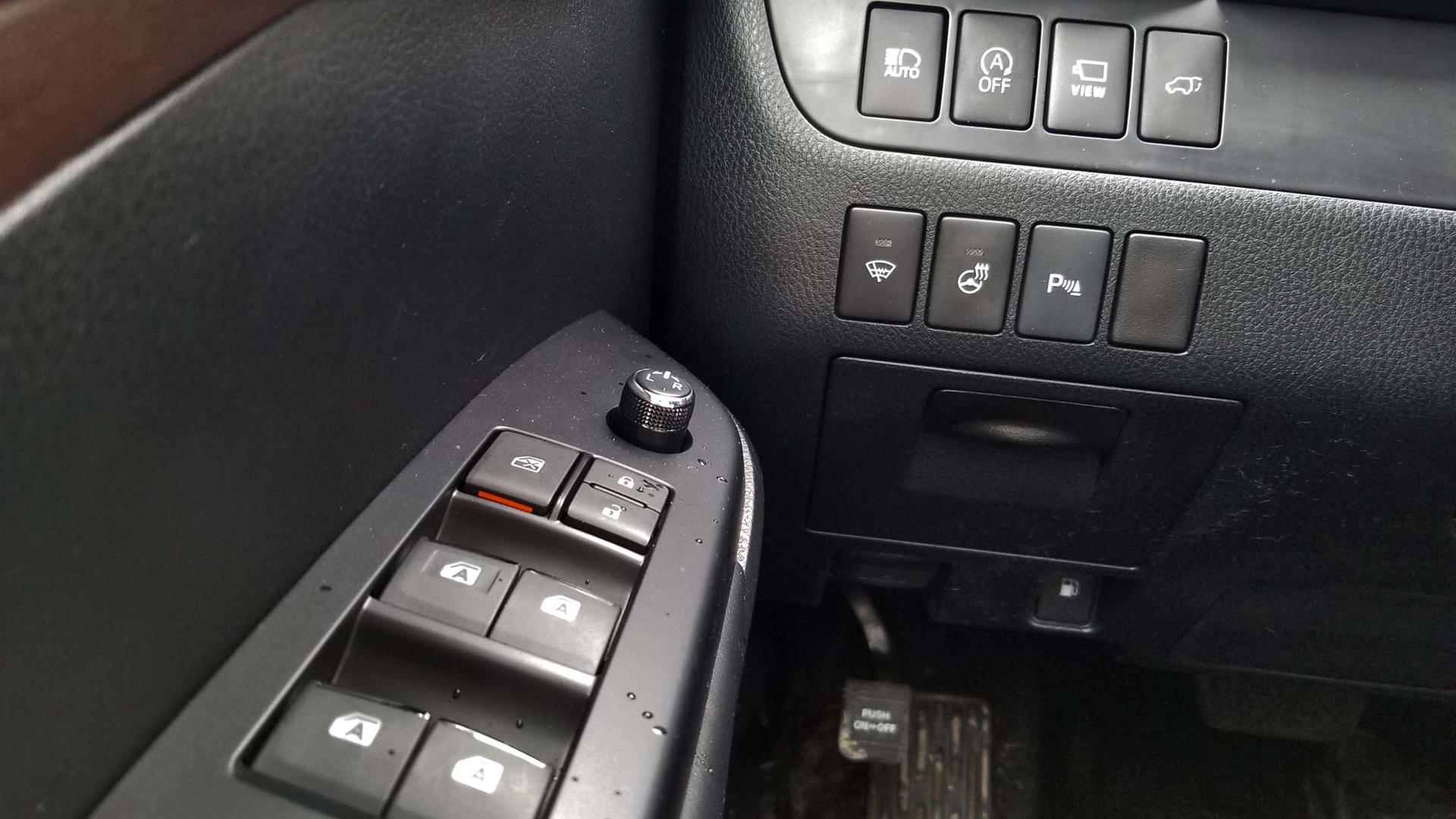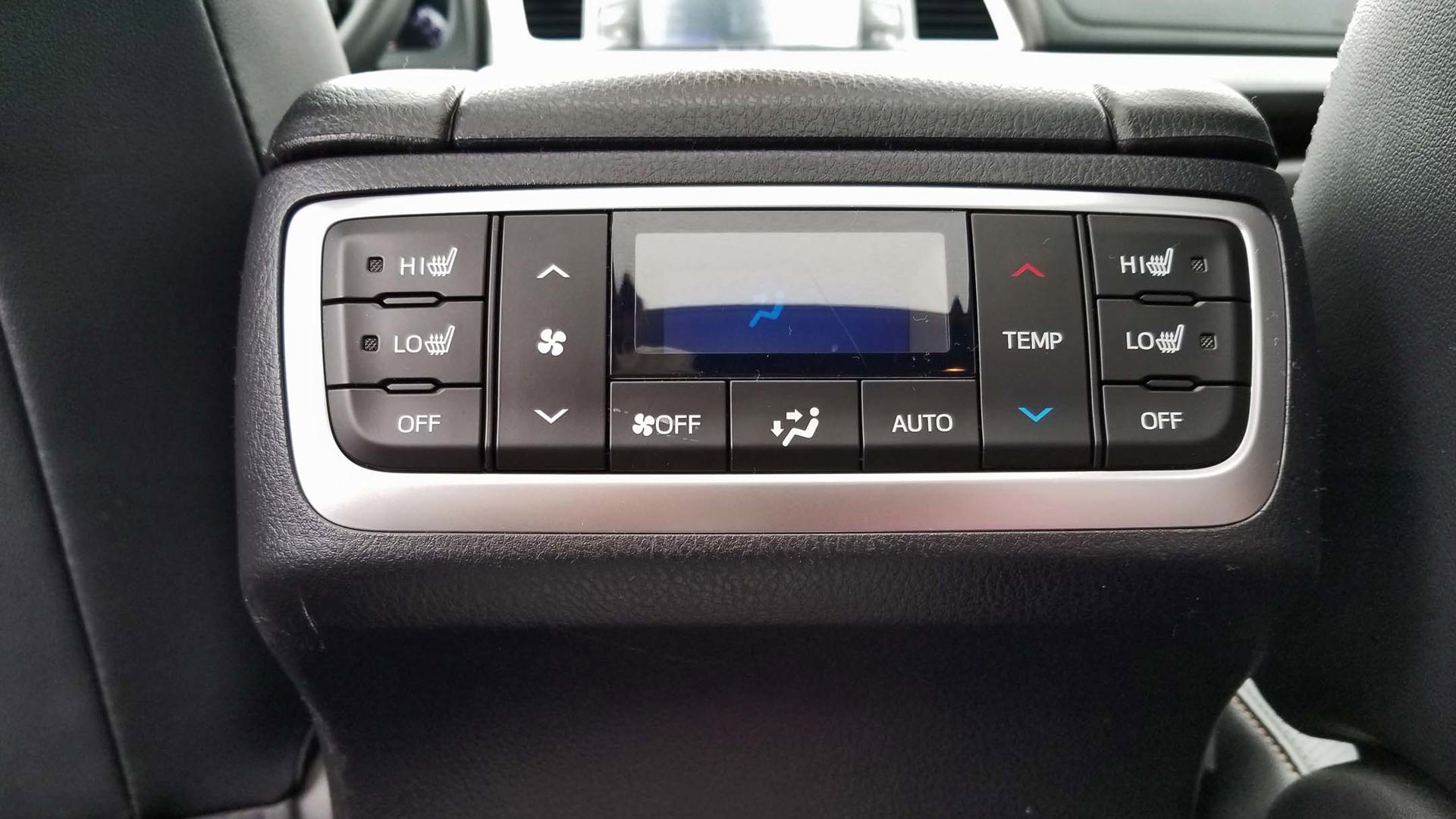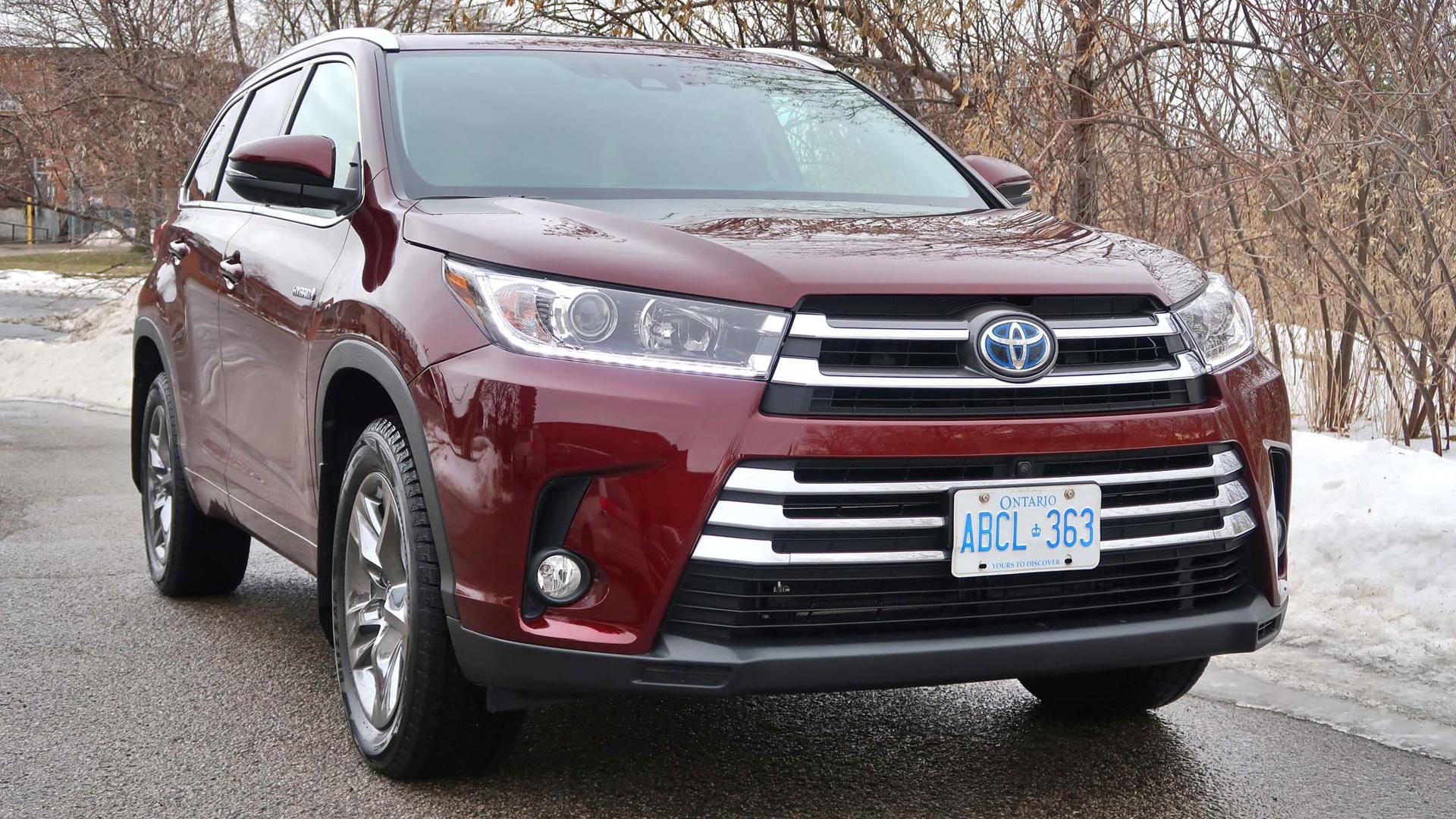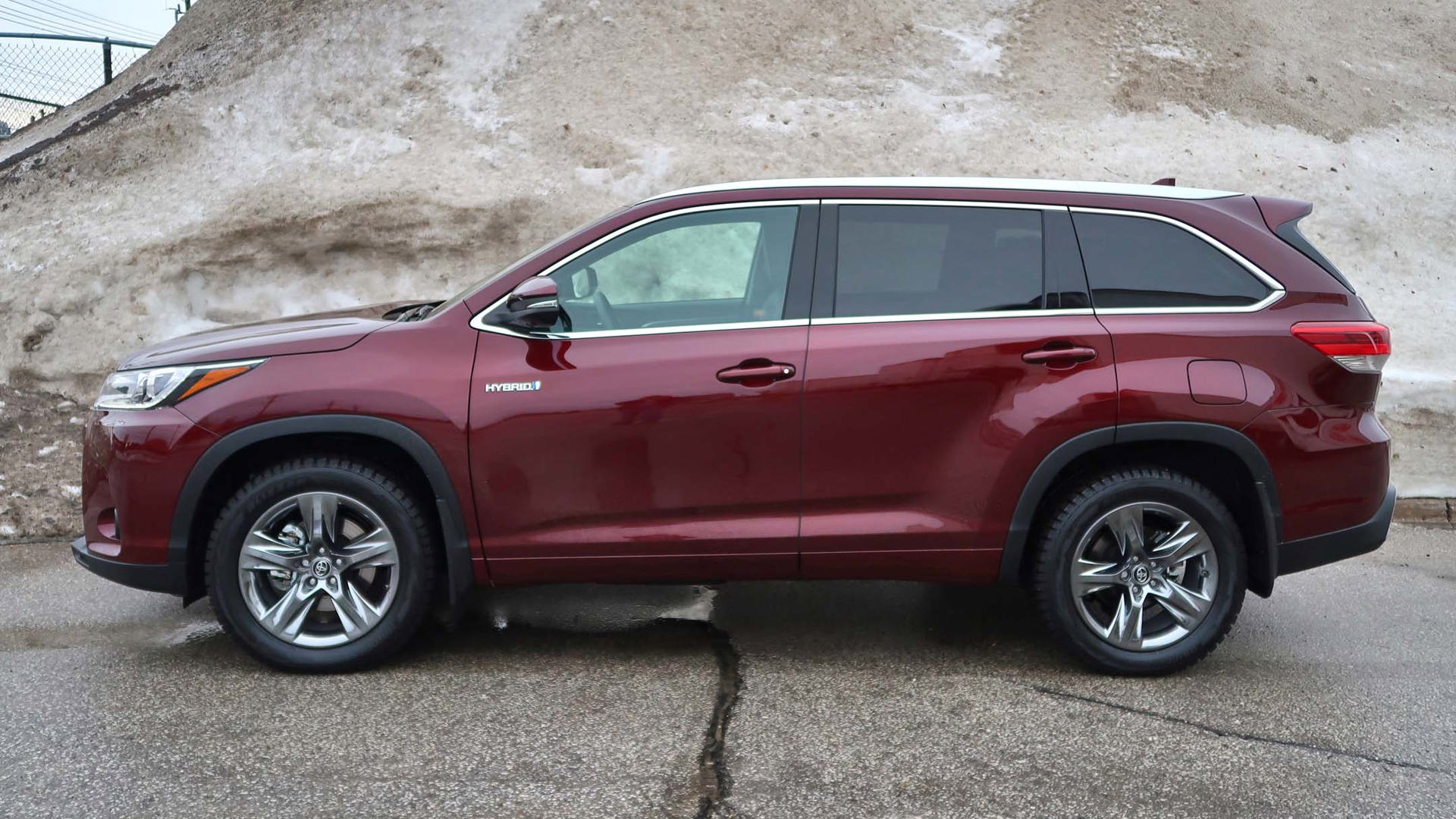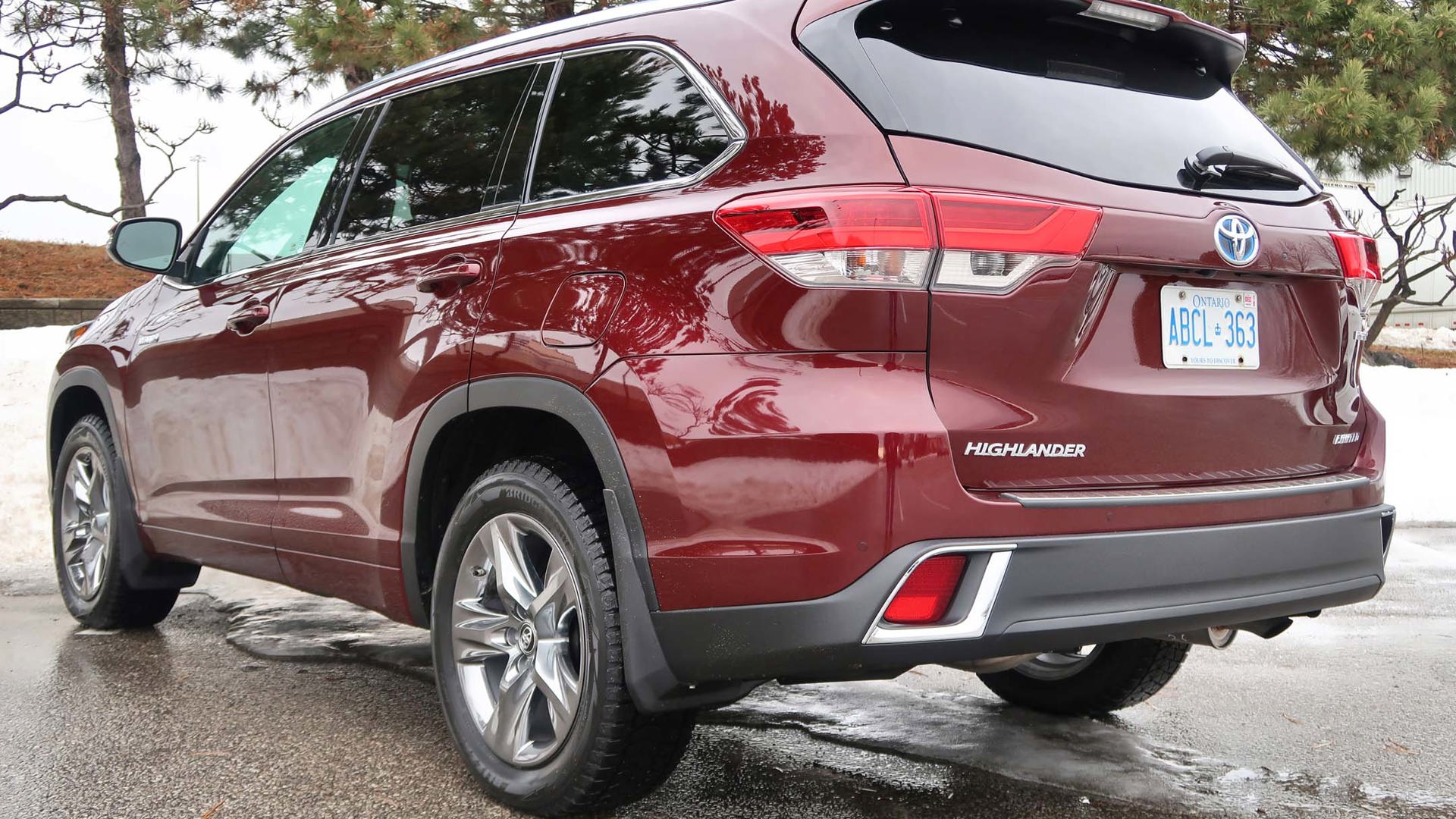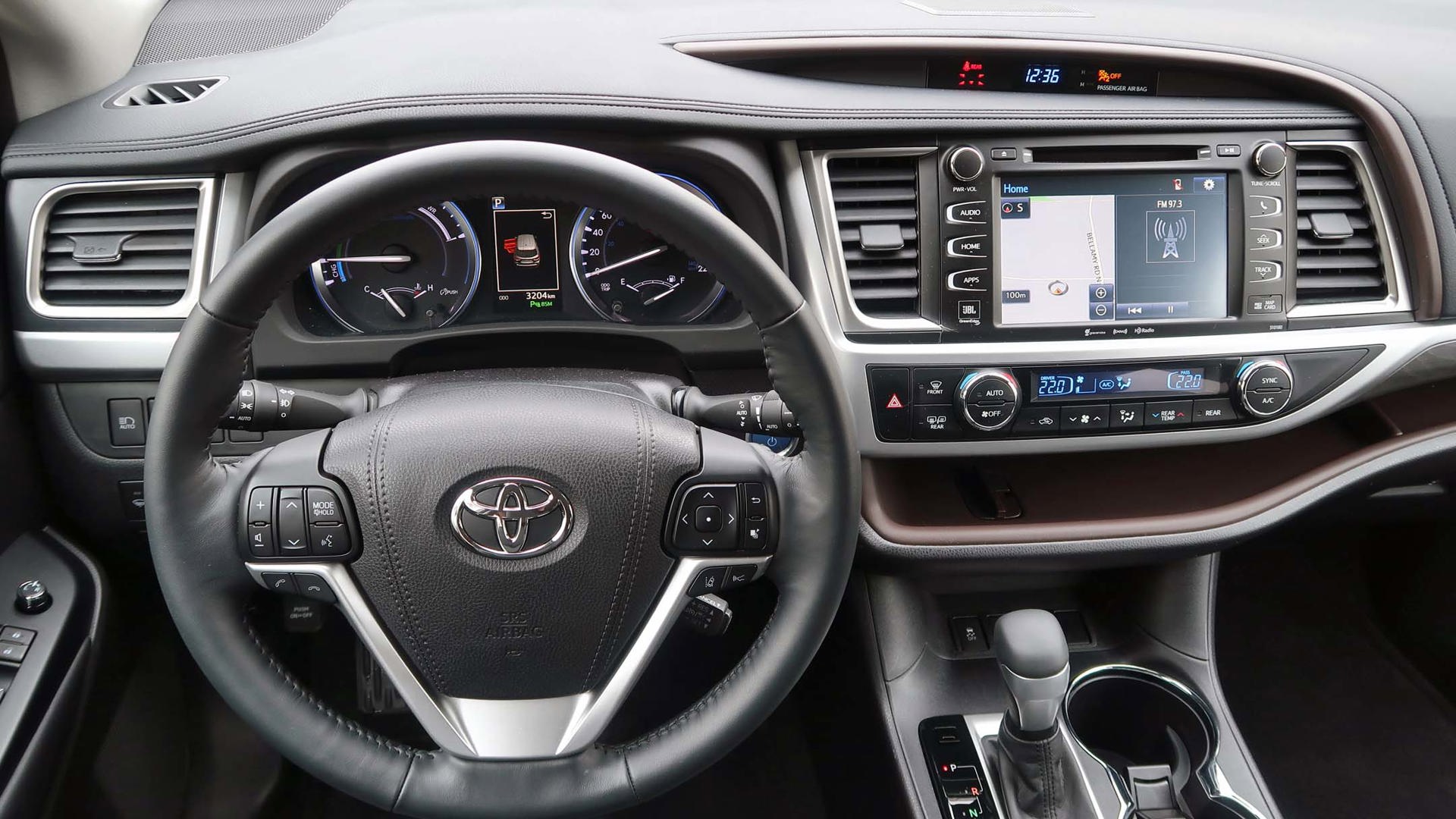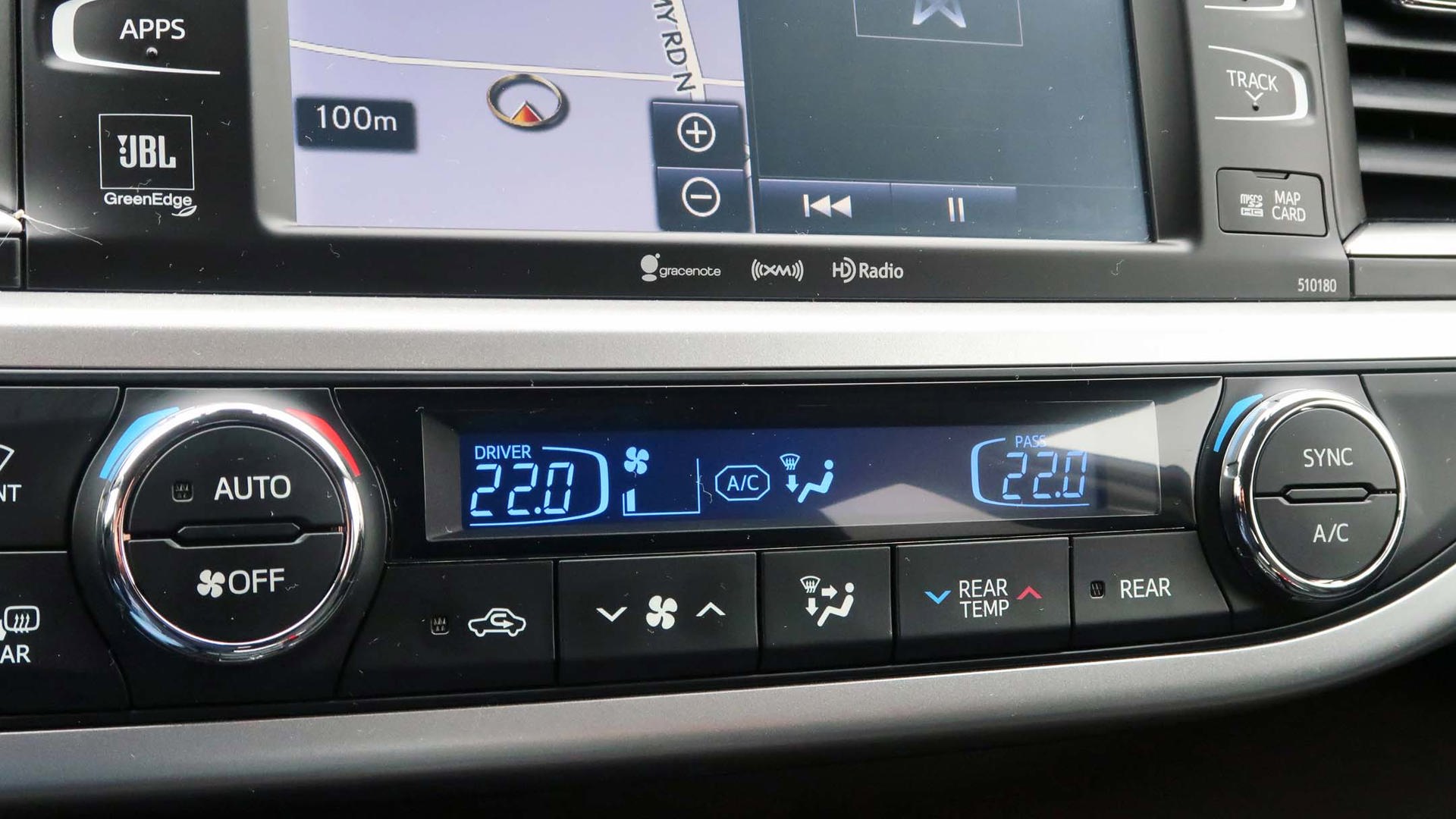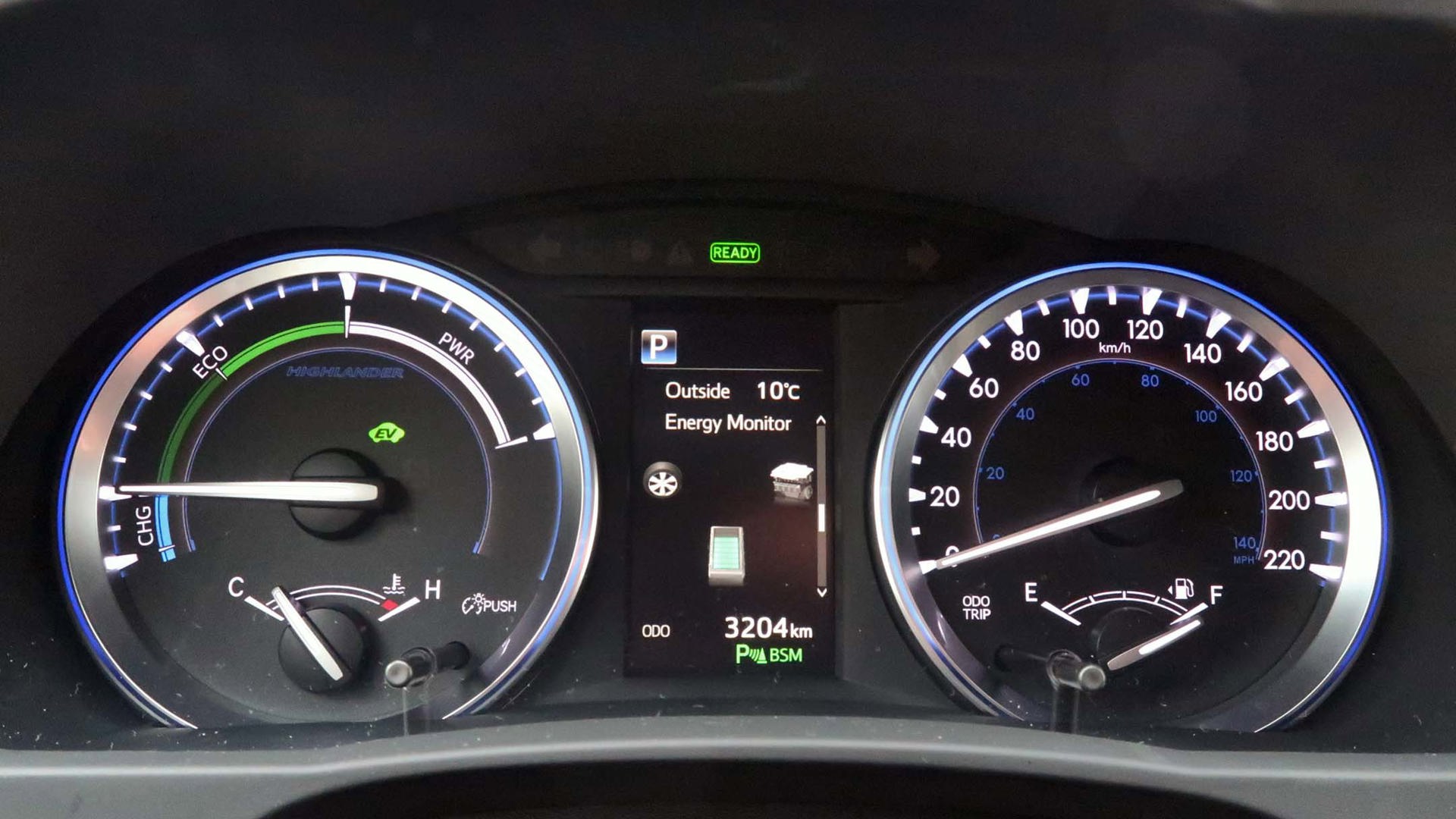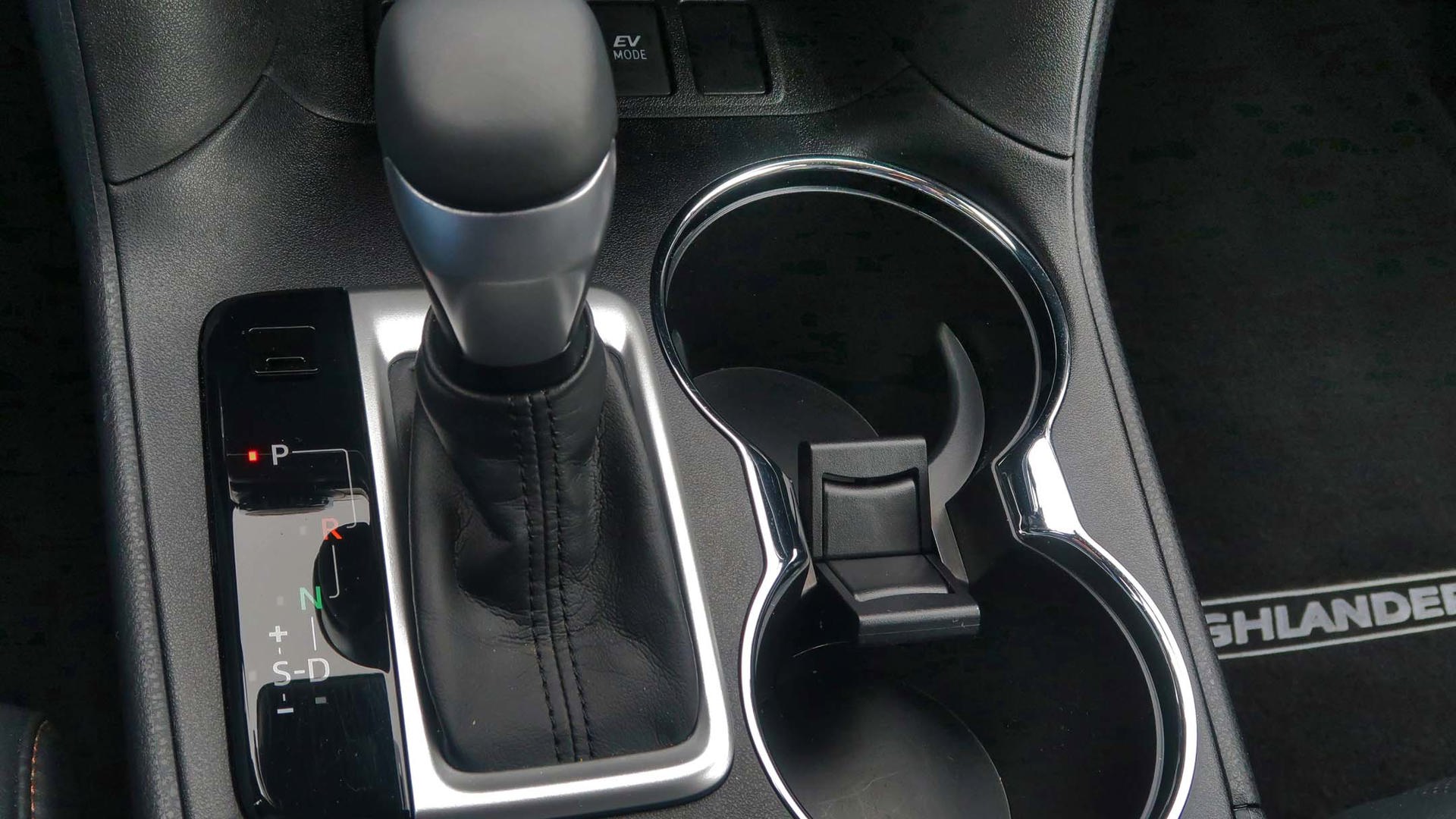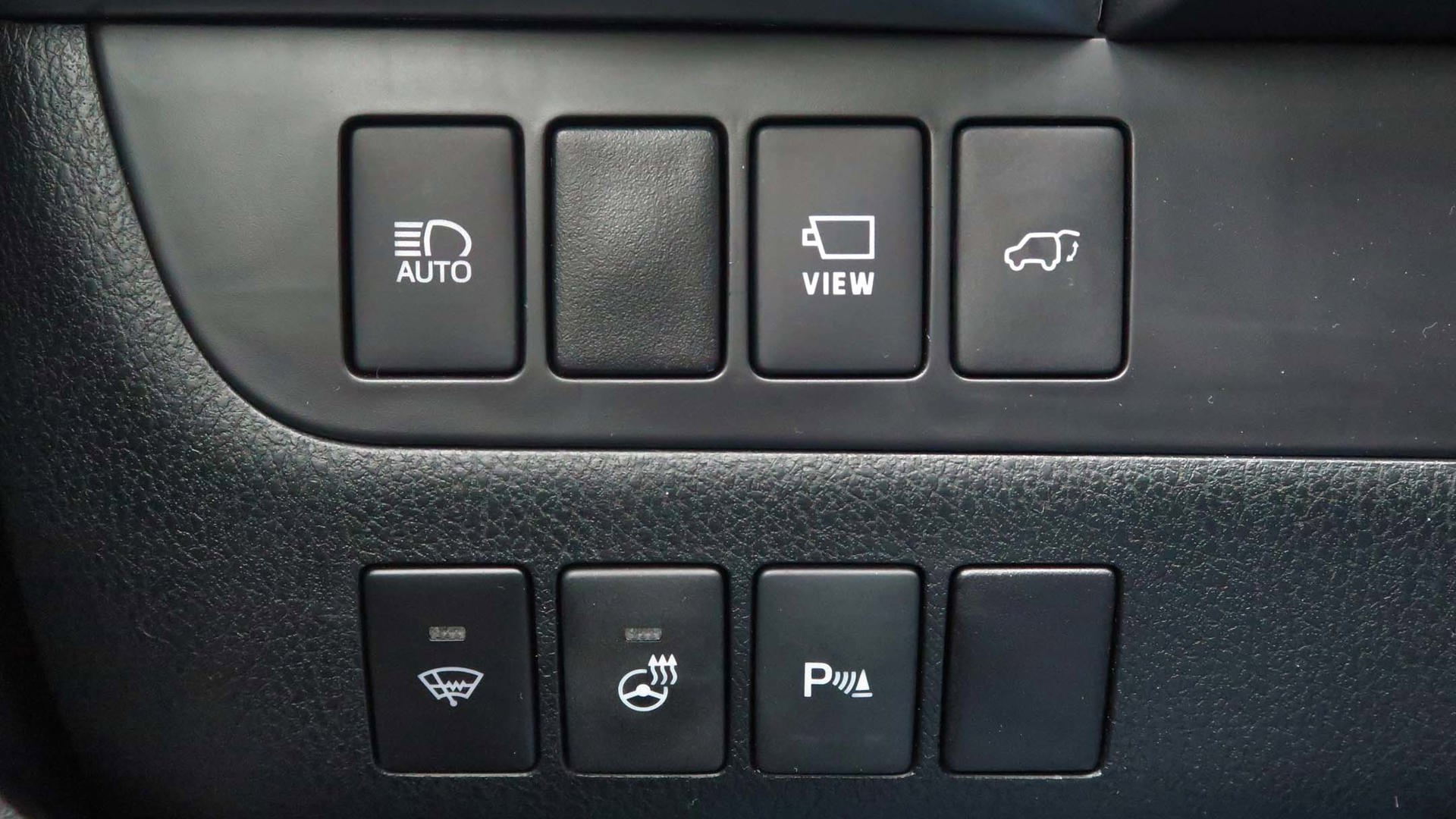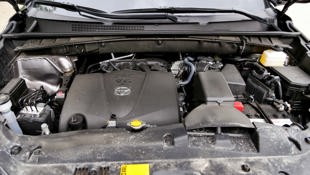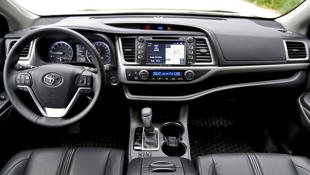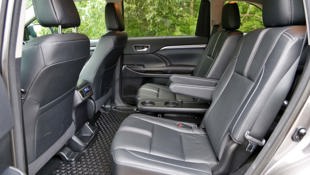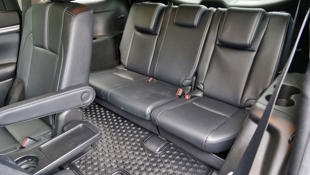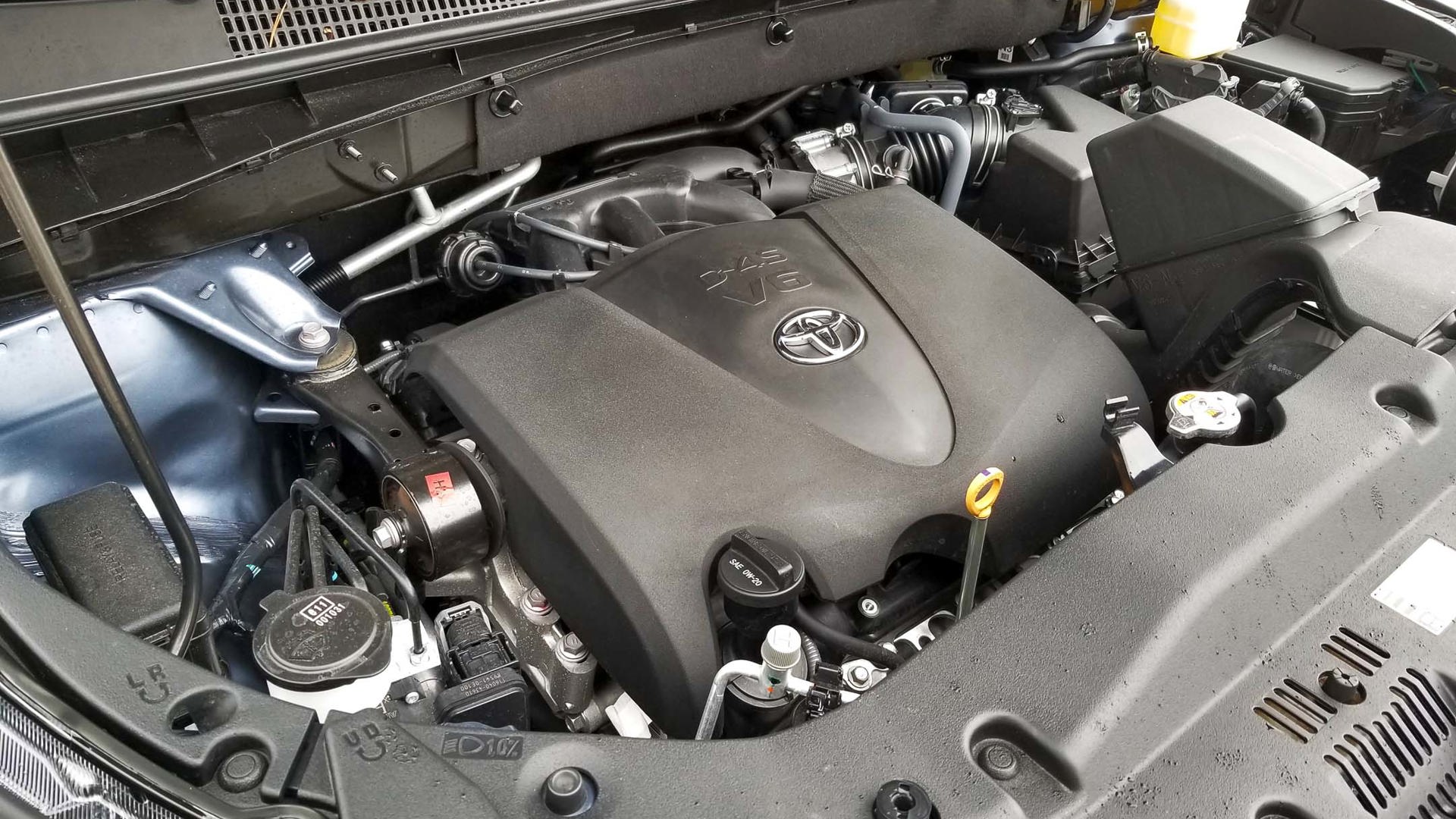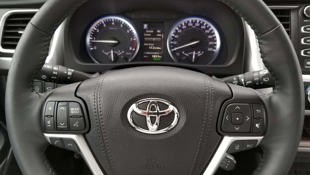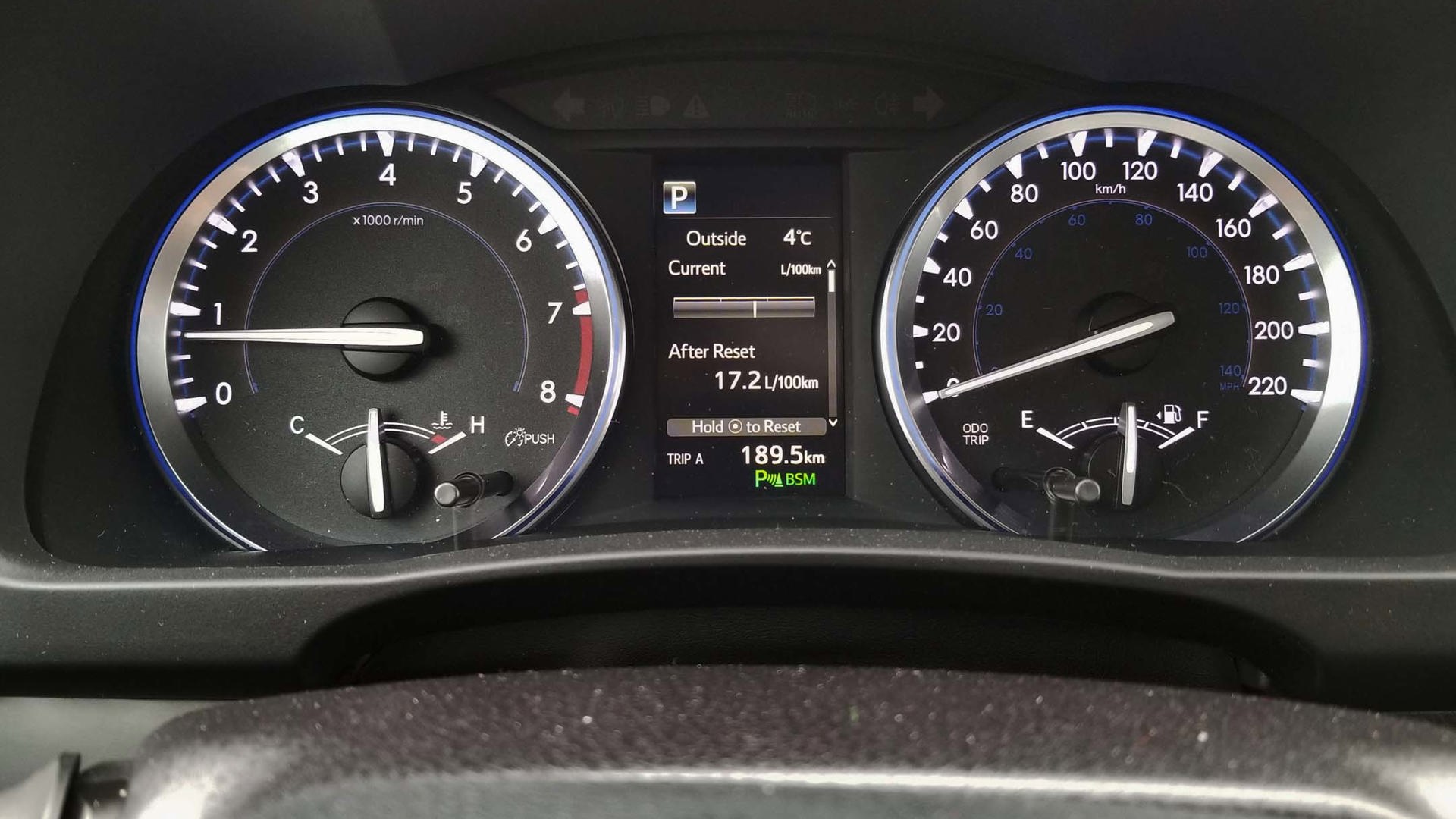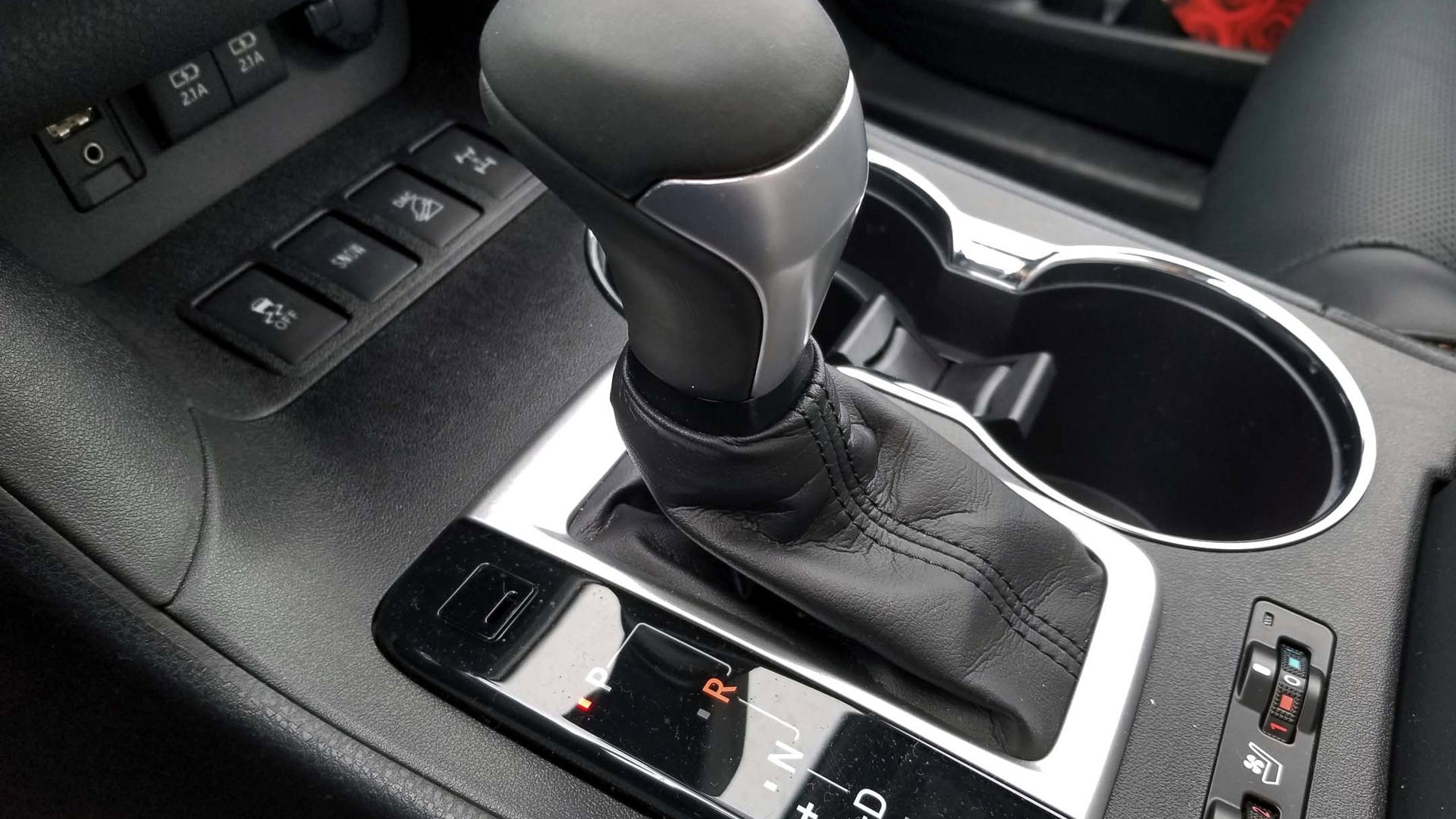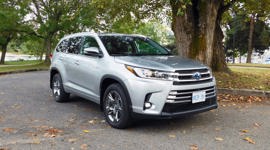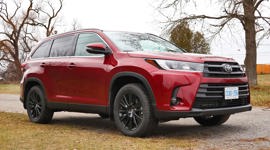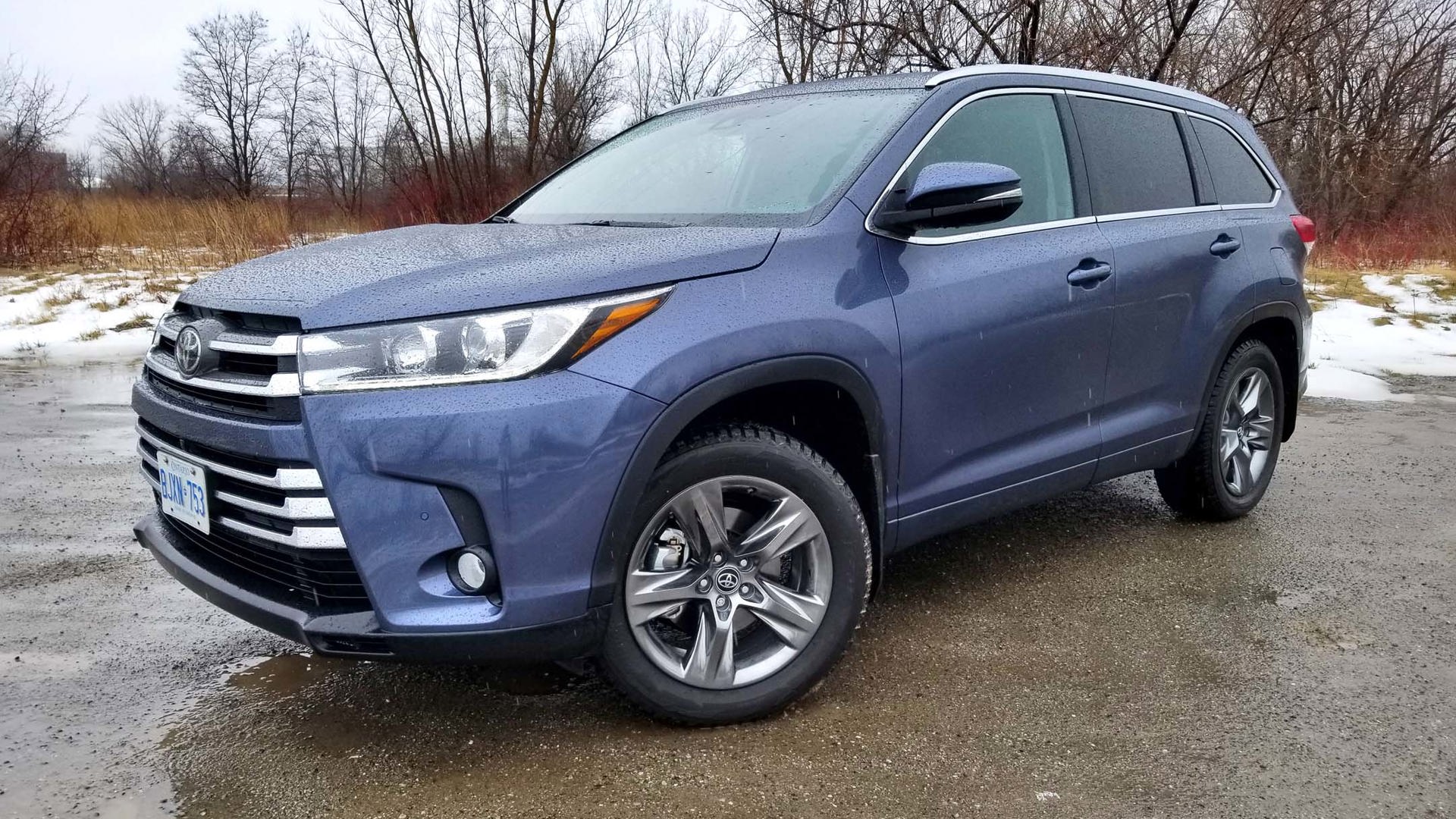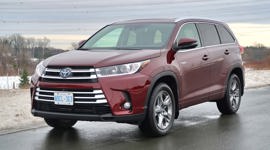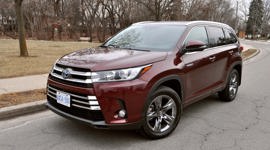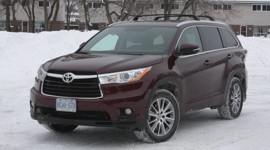Vehicle Type
Bad-weather confidence, a commanding driving position, comfort, flexibility, and space to spare.
Mid-size crossover
History/Description
In 2013, Toyota began selling a heavily revised version of their popular Highlander crossover. With improved looks, safety, fuel efficiency, and overall value, the overhaul helped this hot-selling model maintain a strong position in the segment.
With seating for up to eight, and both conventional and hybrid drivelines on offer, the new-for-2014 Highlander was also longer and wider – to the benefit of interior space and handling.
Feature content included automatic high-beams, memory seating, a heated steering wheel, heated second-row captain’s chairs, and a new multimedia system, which Toyota calls Display Audio. A 12-speaker JBL audio system was available on selected models as well.
Look for available all-wheel drive with revised control logic that allowed for faster response and more dynamic driving in more situations. An AWD “Lock” mode was also fitted, giving drivers more control over the system in slippery situations.
Cross-shopping exercises should include the Honda Pilot, Dodge Durango, Chevrolet Traverse, Mazda CX-9, and Hyundai Santa Fe XL.
Engines
Common to most used models will be Toyota’s signature 3.5-litre, 270 horsepower V6, teamed up with an automatic transmission. Highlander Hybrid used a hybrid-assisted version of the 3.5-litre V6, for added efficiency. Note that some Highlander models were front-wheel drive, so if you’re set on AWD, be sure that the unit you’re considering has it.
What Owners Like
On most aspects of bad-weather confidence, a commanding driving position, comfort, flexibility, and space to spare, the Highlander seems to have impressed owners. Many appreciate the upscale feature content, and the automatic high-beams, and JBL stereo are commonly listed as feature favourites. Many say the standard V6 driveline offers up an ideal blend of performance punch and fuel efficiency.
What Owners Dislike
Common complaints include sometimes-too-intrusive safety beepers and alerts, and a rougher-than-expected ride on some surfaces in sportier models with larger wheels. Several owner reviews also indicate dissatisfaction with seat comfort, so pay close attention to the seats during your test drive.
Here are some owner reviews.
Pro Tip: Think Maintenance, Not Reputation
The Highlander is a Toyota, meaning it’ll be very reliable and cause you no headaches, right?
Not so fast.
Remember that, Toyota or not, the Highlander is a machine made of parts and components that need occasional service and care. Like all vehicles, poor adherence to maintenance requirements by previous owners can degrade reliability. As such, remember that the badge on the hood is not what makes a vehicle reliable, and test drivers should seek out service records and an assessment of the vehicle by a trained technician for a better indication of the used Highlander’s condition, and likelihood of long-term reliability.
Pro Tip: Consult Other Owners
Head to this online owner forum topic and have a browse. You’ll find plenty of Highlander owners chiming in about their experiences with the vehicle, including a list of commonly reported gripes and problems. Take the posts with a grain of salt and note that forum users tend to go online solely to complain in this context. Still, you’ll find some great information to point you in the direction of possible issues to be on the lookout for, as well as some answers to common questions about the third-generation Highlander, and some helpful do-it-yourself advice.
The Test Drive
Noises from the Rear
In this discussion, some owners report squeaks, creaks, and other unwanted sounds from the rear of their Highlander, typically at lower speeds and over bumps, or while braking to a stop. If you detect any such sound on a test drive, be sure to have the unit checked by a technician. The fix may be as simple as some adjustment or tightening of the spare tire provisions, or as complex as requiring replacement of the rear shocks or suspension bushings. This can be expensive out of warranty, so be sure to have any unwelcome sounds investigated before you buy.
Warranty Notes
Two notes on the warranty. First, remember that a past owner may have voided some part of the vehicle’s warranty by failing to maintain the vehicle properly, or by installing some non-factory part.
Here’s an example of one owner who suffered wiring and electronics issues caused by low-quality installation of a non-factory remote start system, which were not covered by warranty.
No manufacturer provides warranty coverage for issues caused by poor maintenance, or damage caused by non-factory parts and fluids. If you’re buying a newer, in-warranty Highlander, be sure to confirm that no servicing intervals have been skipped or stretched (including oil changes), to prevent unpleasant surprises.
Second, if you detect some issue with your Highlander while it’s still under warranty, have a dealer investigate and document the problem as soon as possible. Even if the problem is minor and not addressed straight away, this can help speed future warranty claims if the issue worsens.
Software Updates
Automakers often release revised system software that’s intended to be installed by a dealer, to correct or optimize the operation of one or more vehicle systems. Familiarize yourself with this discussion, which provides some further information. Especially if the Highlander you’re considering is sold outside of a Toyota dealer setting, or hasn’t been regularly dealer-serviced, you’re best to talk to a Toyota service advisor and determine if any software updates are outstanding for the Highlander you’re considering.
Running the most up-to-date software can prevent a multitude of problems with things like dead batteries, fussy infotainment systems, inconsistent performance of radar- or camera-based safety systems, and more. Ensuring the vehicle you’re considering has all software up to date is a great way to prevent possible headaches.
Watch the Windshield
If the windshield on the Highlander you’re considering is damaged or cracked, and if that Highlander has any outward-looking, camera-based safety systems, be sure to talk to a service advisor about the potential cost of replacing the windshield, and re-calibrating the safety systems.
This discussion is somewhat inconclusive, but a damaged windshield can negatively affect the performance of the Highlander’s camera-based safety systems, and replacing a windshield may require some potentially pricey recalibration of that camera.
Speaker Rattle
If you’ll test drive a Highlander with the optional JBL audio system, be sure to spend some portion of your test drive with your favourite tunes cranked. If, during this process, you detect unwanted buzzing, droning, or vibration from the rear of the vehicle, you may want to read this handy DIY guide, created by a Highlander owner, which outlines some helpful information to fix it on the cheap.
Transmission
A small number of owners have had transmissions remanufactured or replaced, typically at low-mileage and under warranty. Here’s some more information. This issue doesn’t seem to have affected many units, though shoppers should still be on the lookout for signs of hard shifting, clunky shifting, or other unwelcome behaviour from the transmission during their test drive.
In many cases, symptoms like this are software-related and easily remedied with a software update. Still, if you notice anything fishy with the way the Highlander you’re test driving shifts gears, it will pay to have it looked at.
Your dealer may be able to look up Technical Service Bulletin (TSB) numbers 30510-45071-84, 30510-45081-84, or 30510-48601-84, which specify testing and replacement procedures for the transmission if problems are detected.
Battery and Charging System Check
This is becoming a fairly standard piece of advice in our used car reviews of modern used vehicles. Numerous Highlander owners have reported batteries lasting three years or less, with some lasting as little as a year before requiring replacement. Shoppers are thereby advised to have the battery and charging system checked out professionally before their purchase. If the battery doesn’t pass an inspection with strong results, plan to recycle the old one, and pop in a new, high-quality battery from a reputable brand. Note that an aging or feeble battery can result in numerous problems across numerous vehicle systems. Many owners chock this one up to “They don’t make ’em like they used to!”
Hybrid Checks
Though sales volumes of the Highlander Hybrid are too low to form any solid recommendations for pre-purchase checks or reliability concerns, shoppers set on a hybrid-powered version of this crossover are strongly advised to have the vehicle inspected, in full, by a hybrid-trained Toyota technician in a dealer setting, before their purchase. Your local dealer has the proper diagnostic equipment, training and know-how, and tools, to properly assess the condition of the hybrid-powered Highlander. Buying a hybrid vehicle of any sort without a professional inspection by a trained technician is not advised.
Recalls
Here’s a list of recalls. With the VIN of the Highlander you’re considering, you can check if any recalls apply to that vehicle, by using the Toyota website.
Verdict
Provided the battery, transmission and all other major systems show good results after a pre-purchase inspection (PPI), and that all software updates are up to date, a well-maintained Highlander should give shoppers little concern, and many years of confident, all-season motoring with comfort and space to spare.
Safety Ratings
IIHS: Top Safety Pick+
NHTSA: 5/5 Stars
